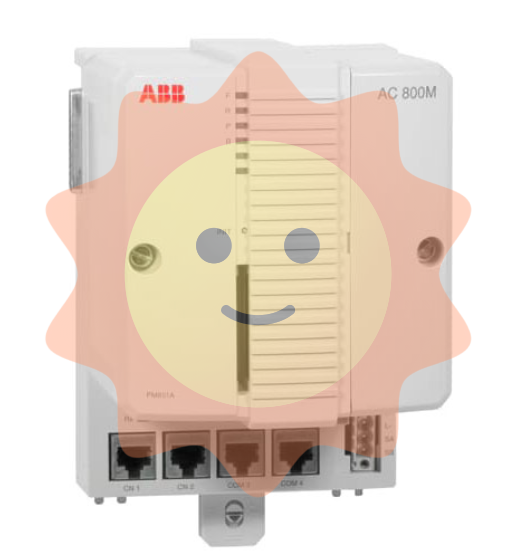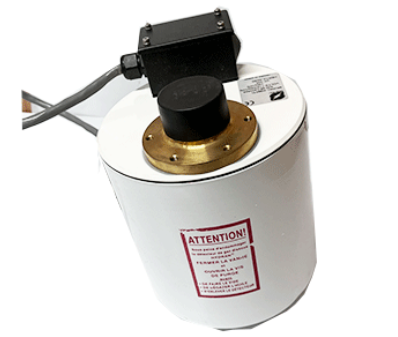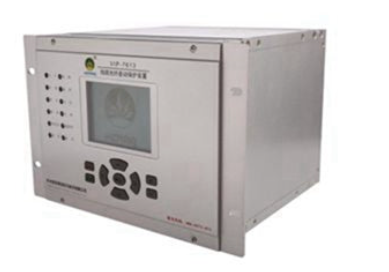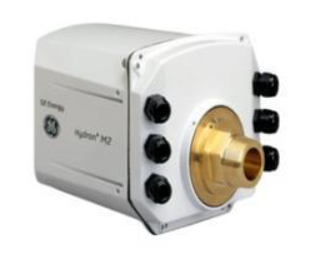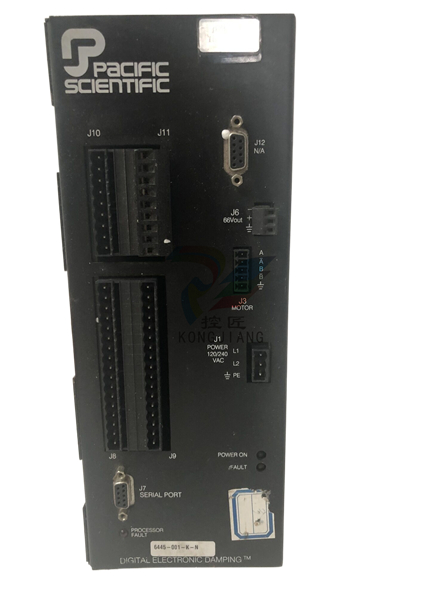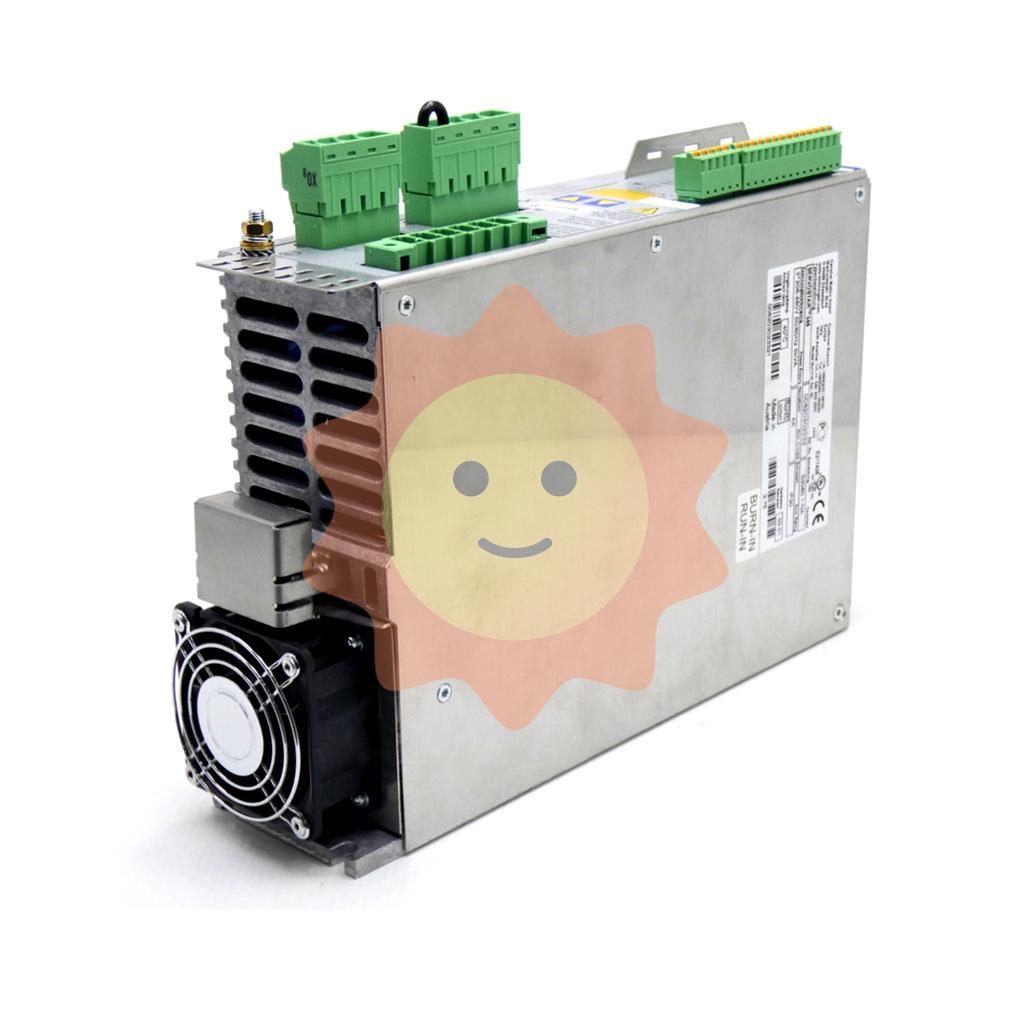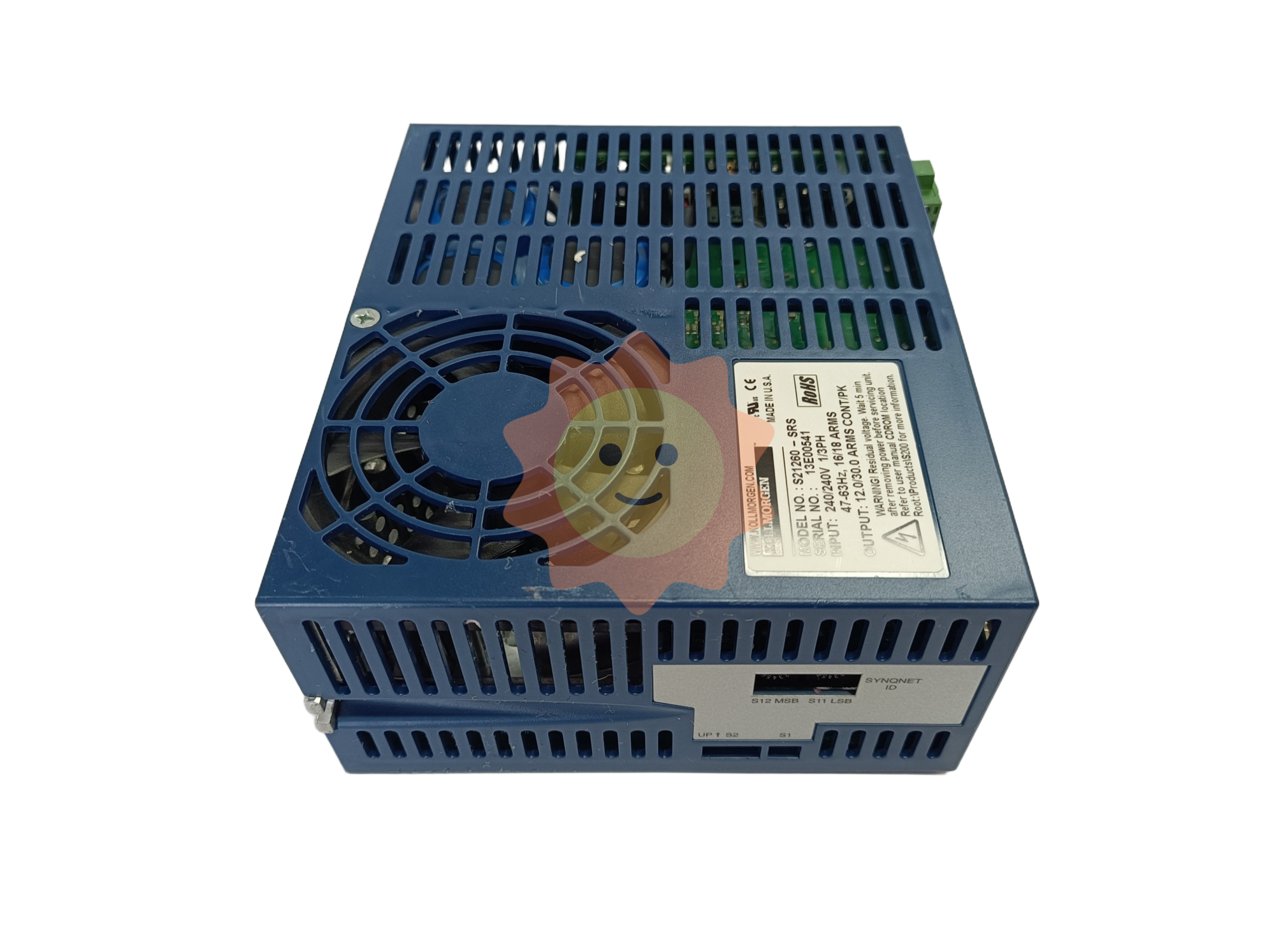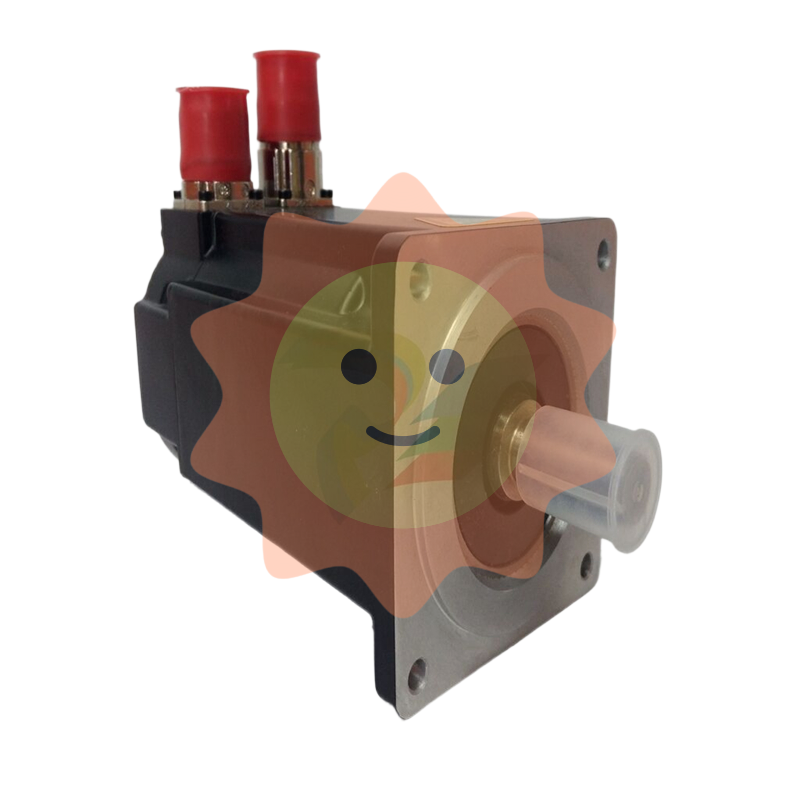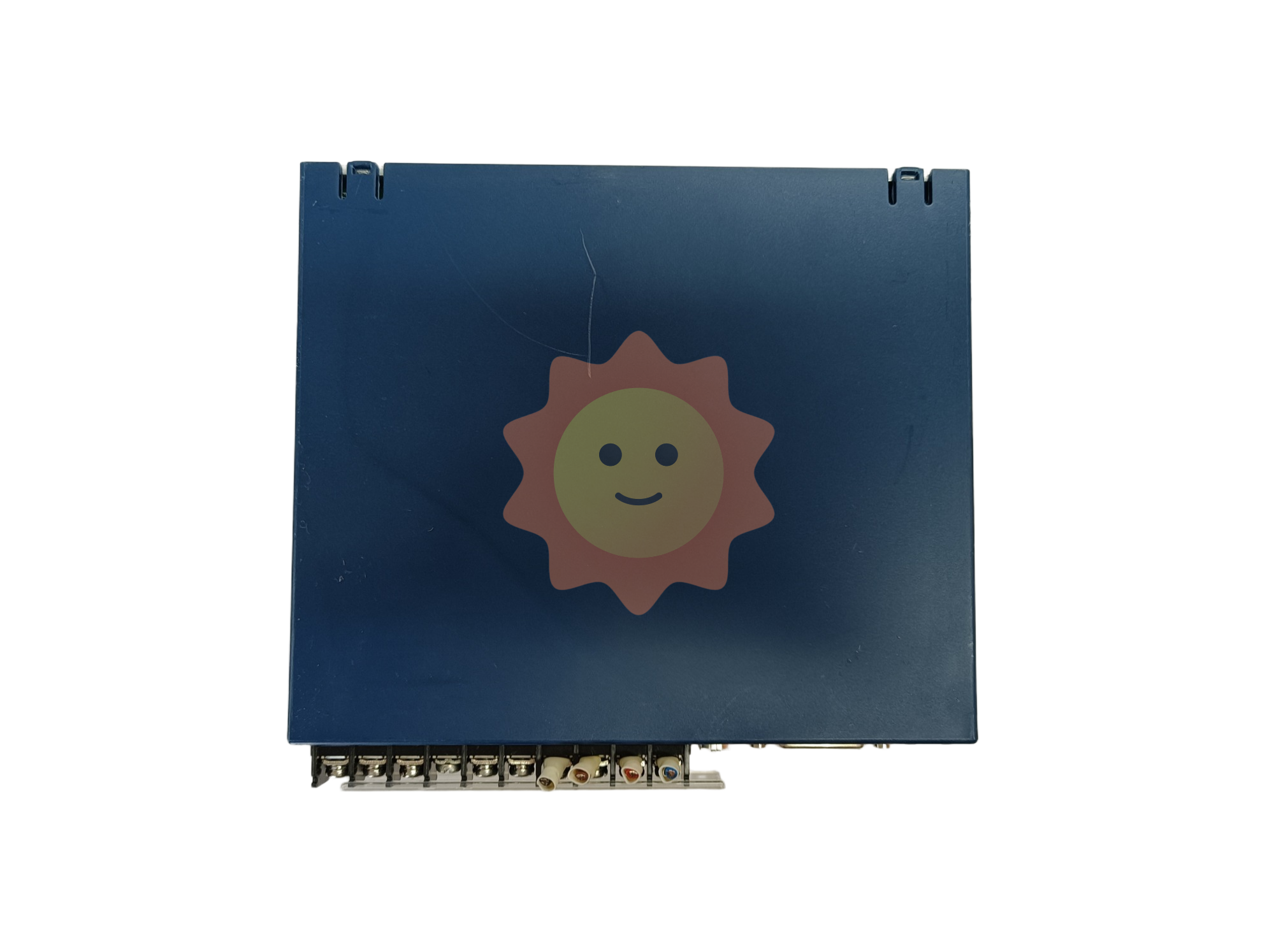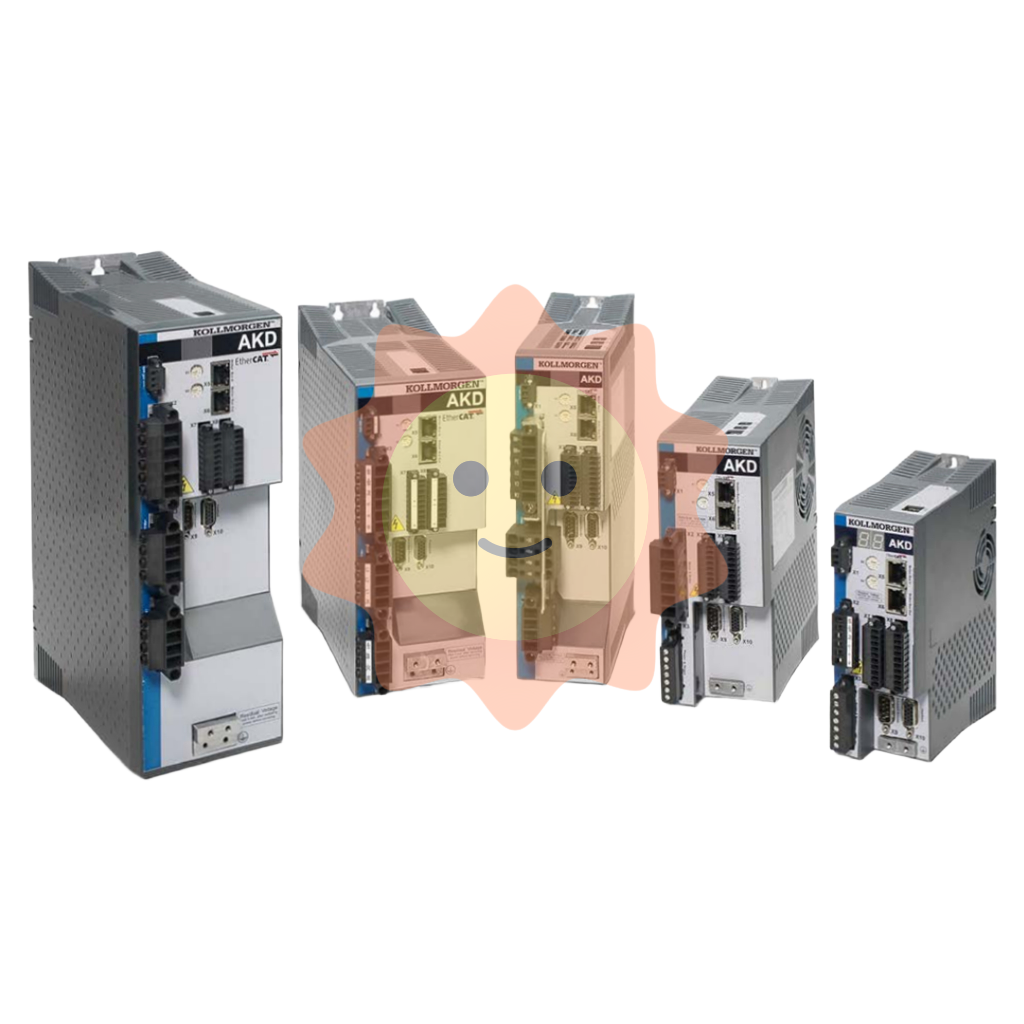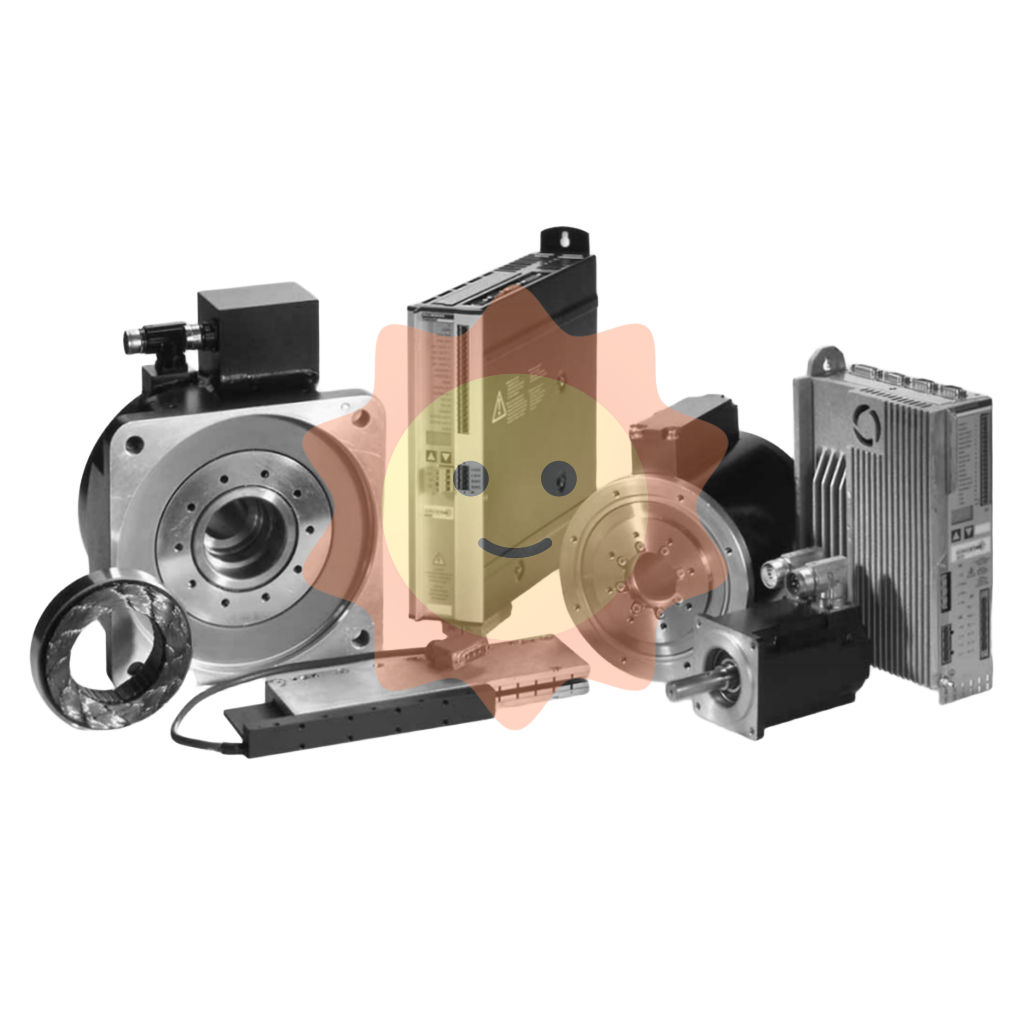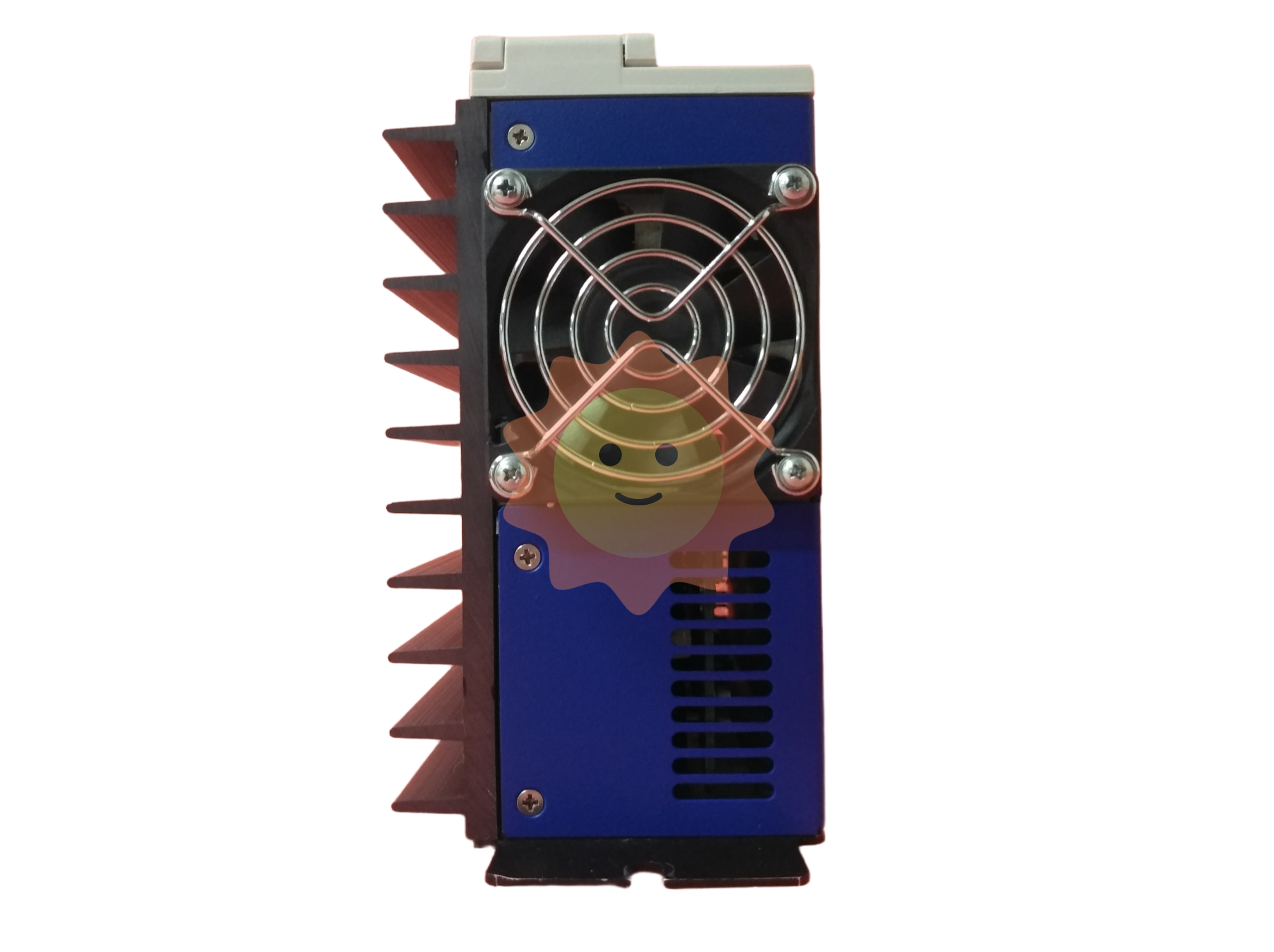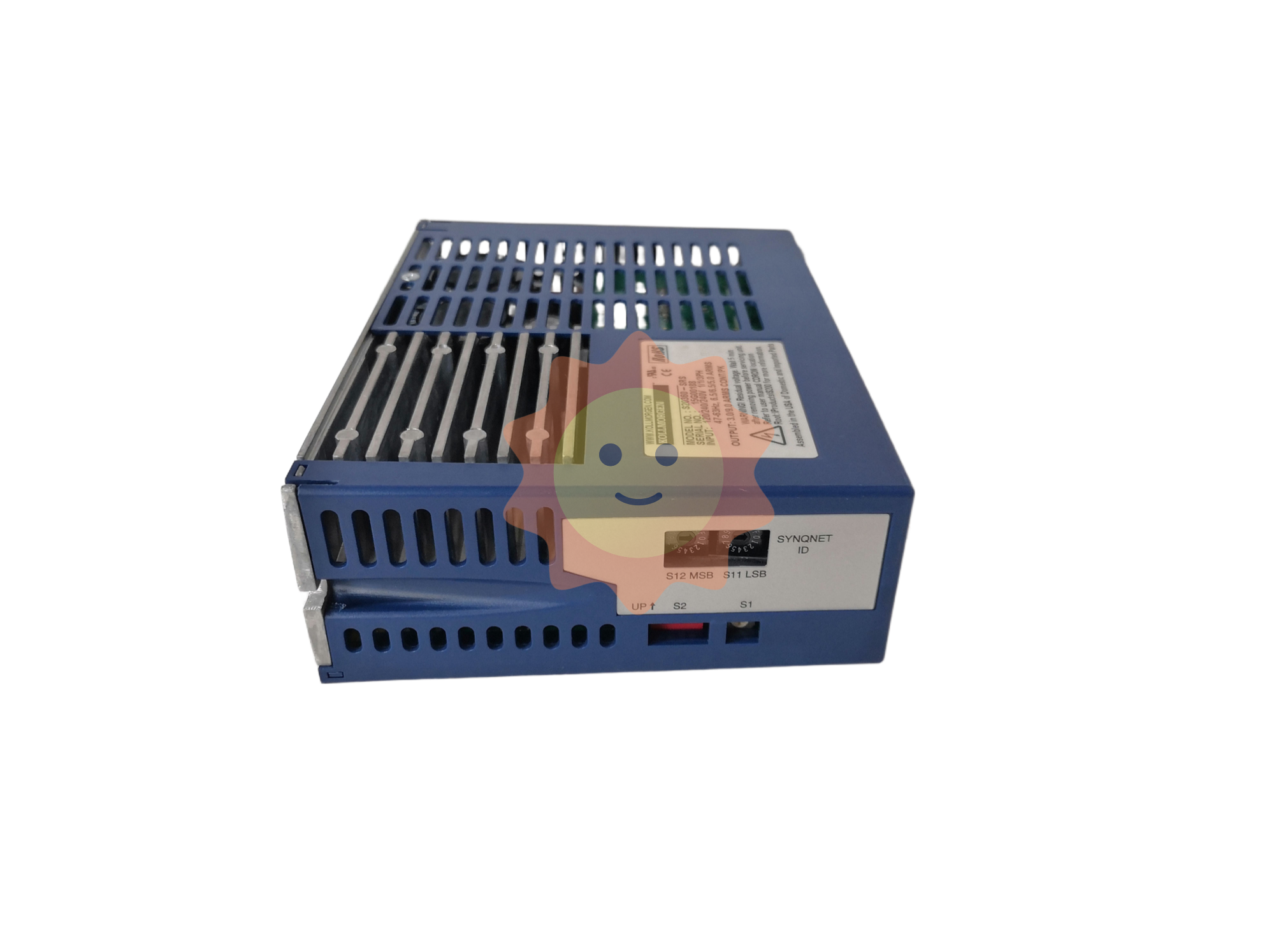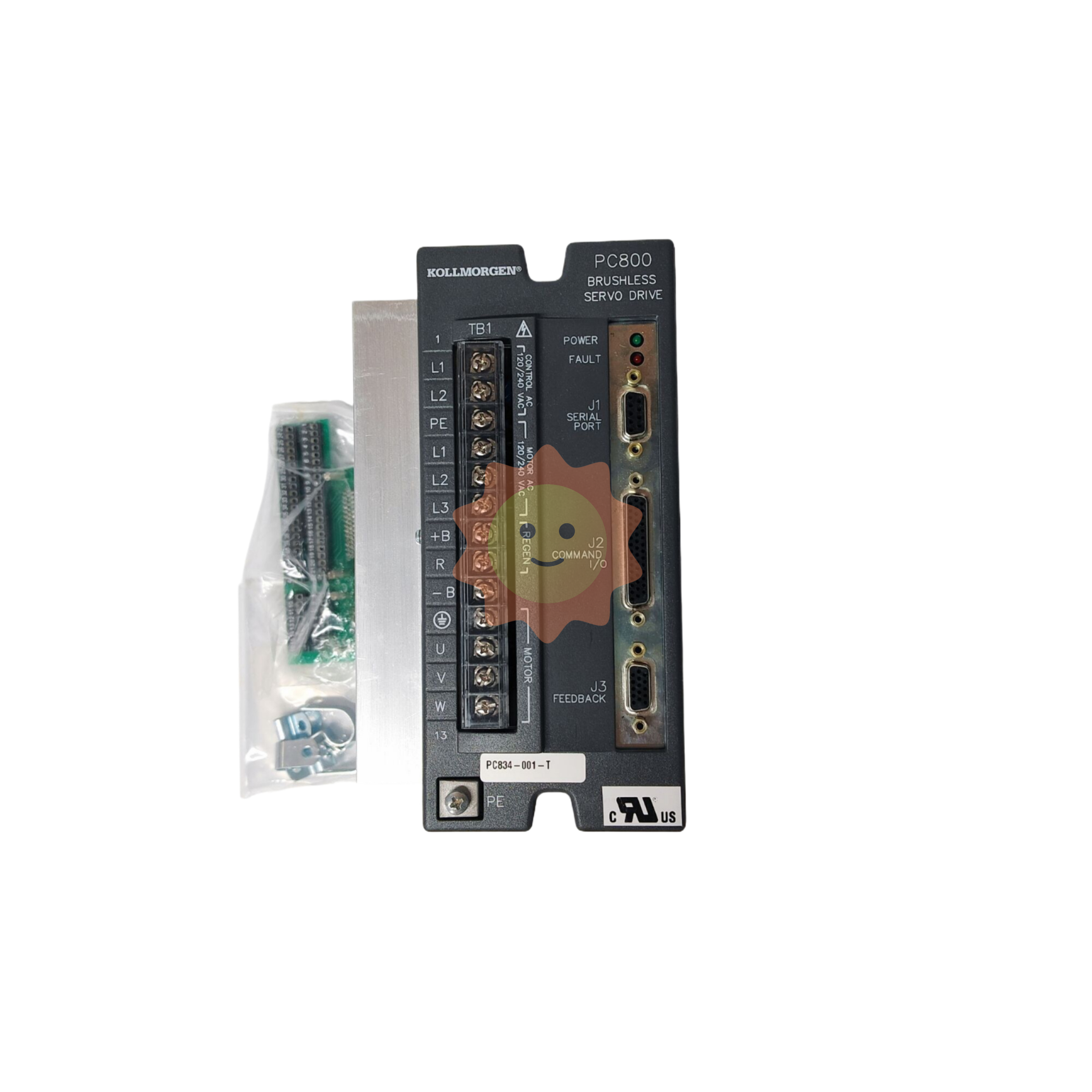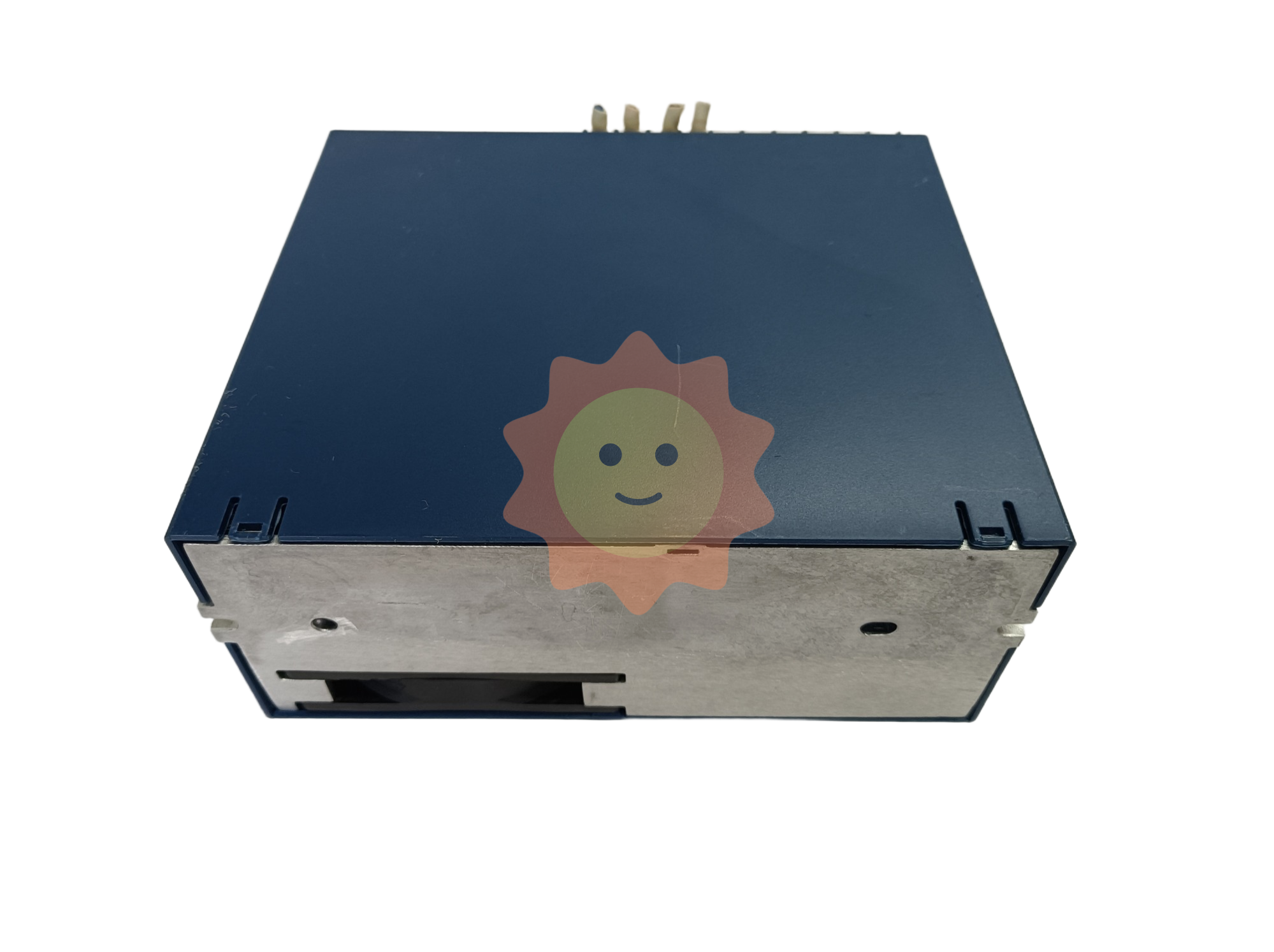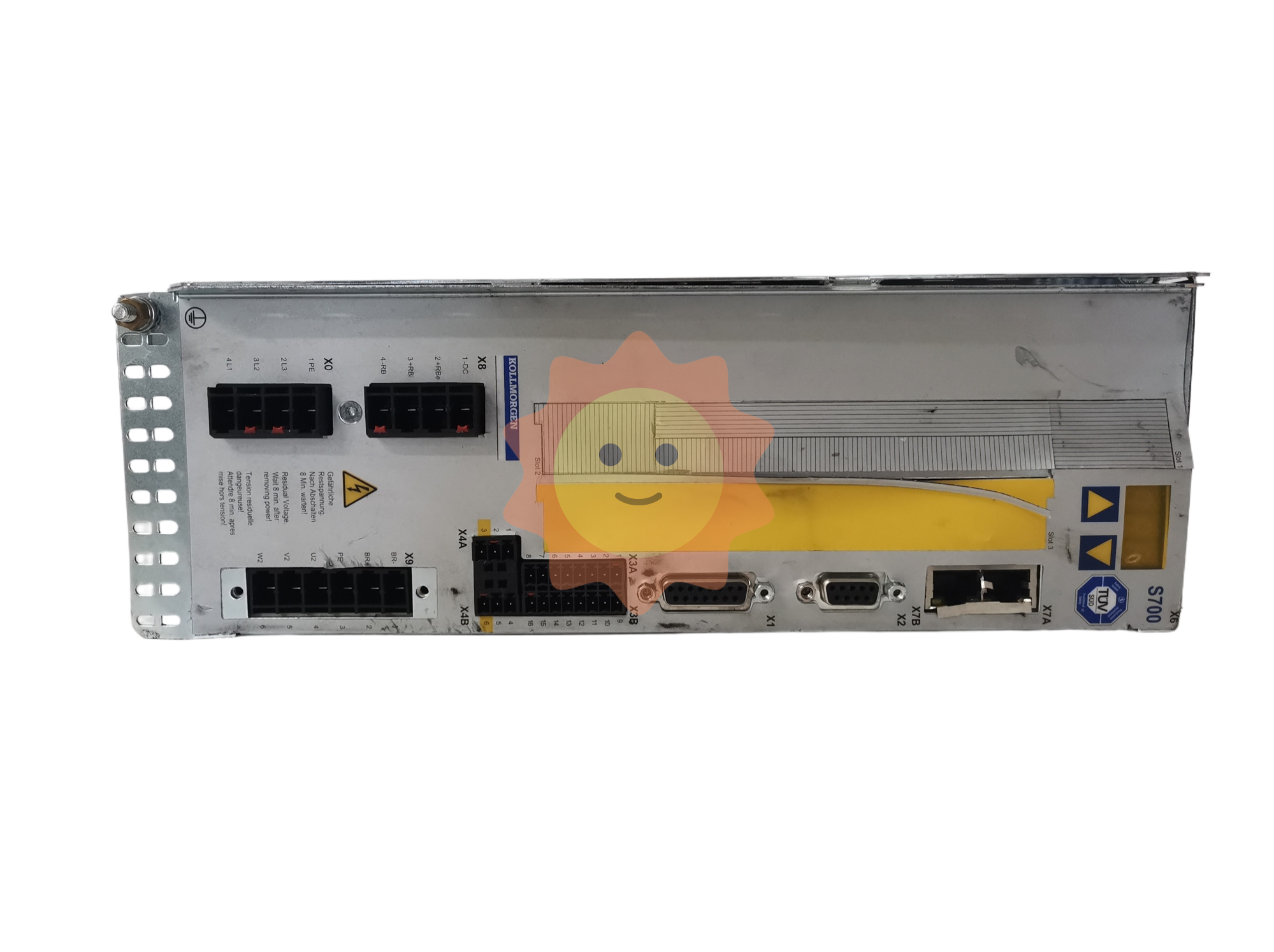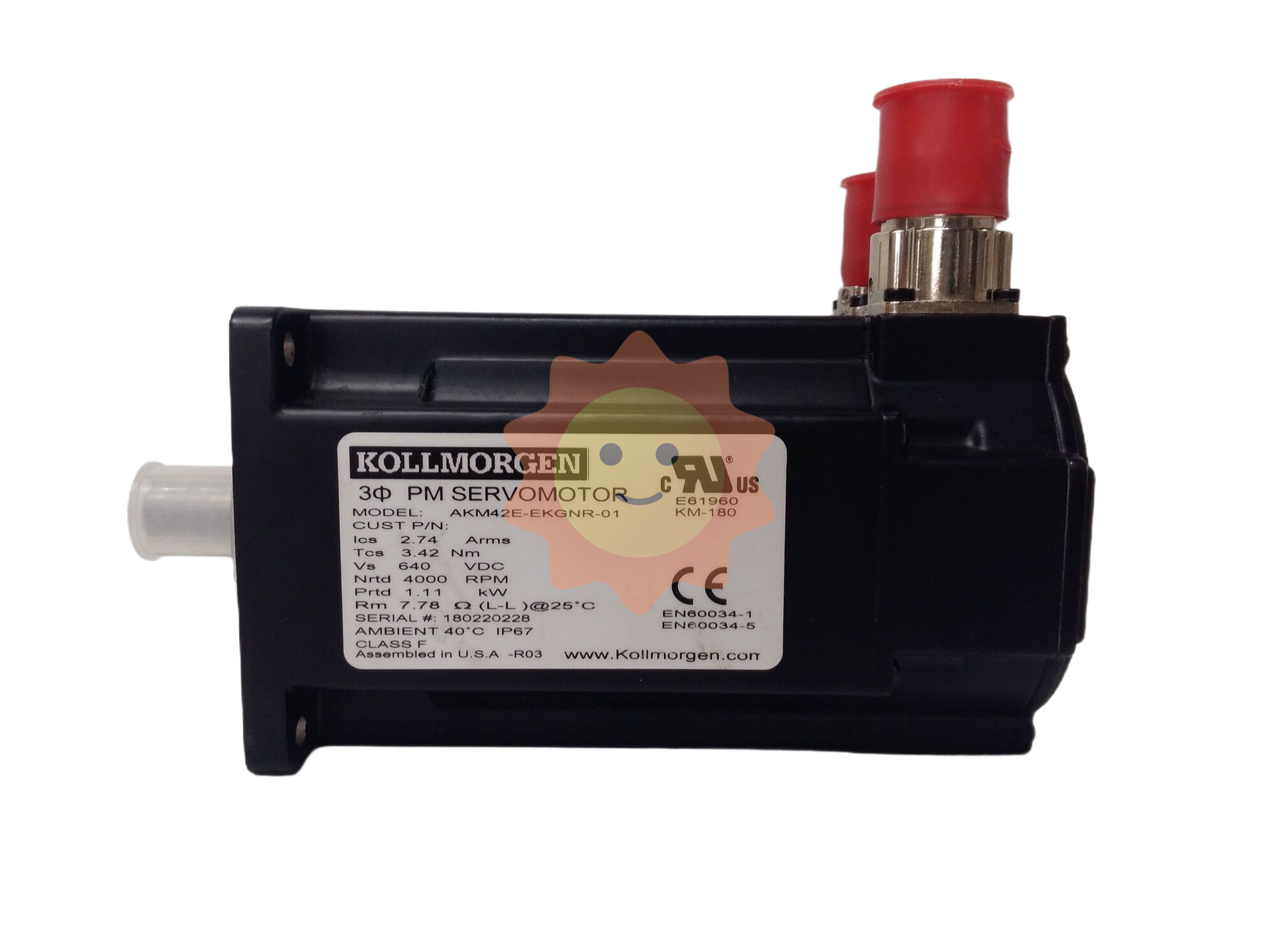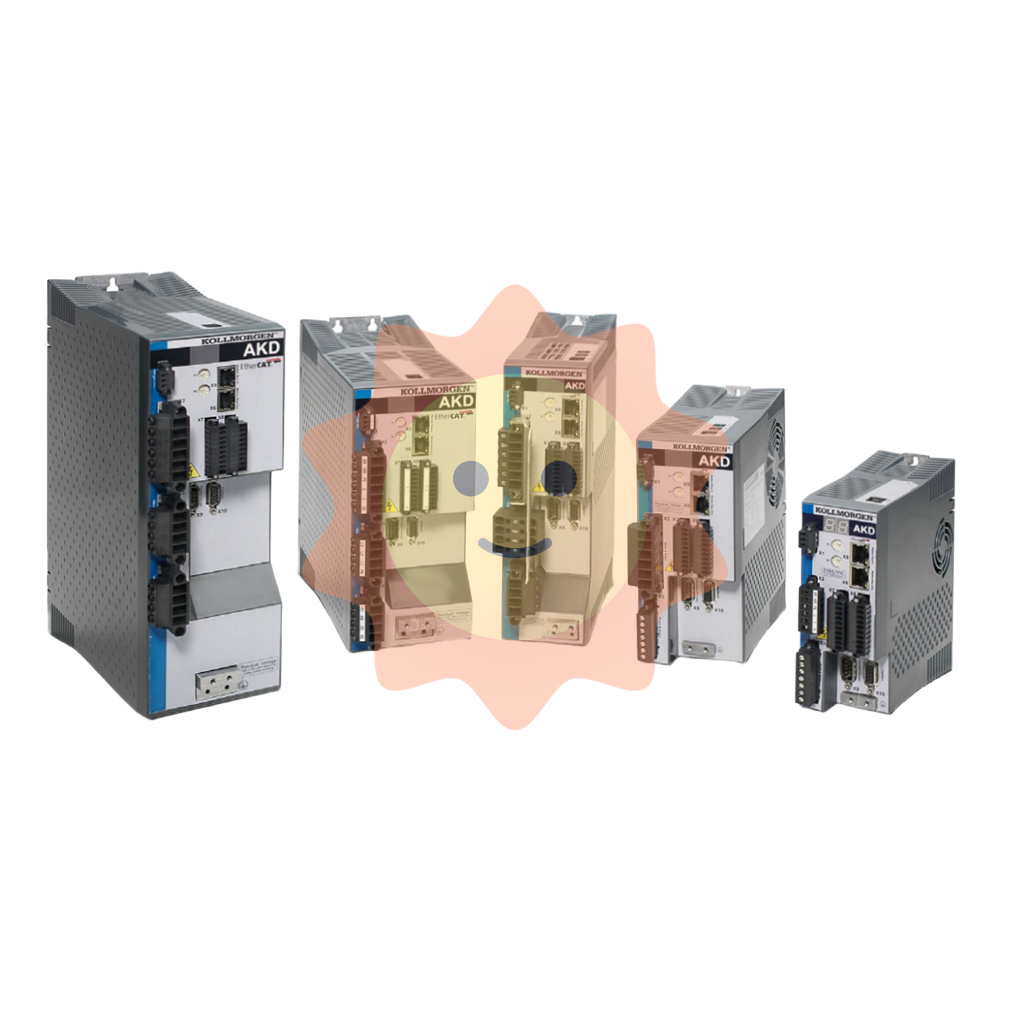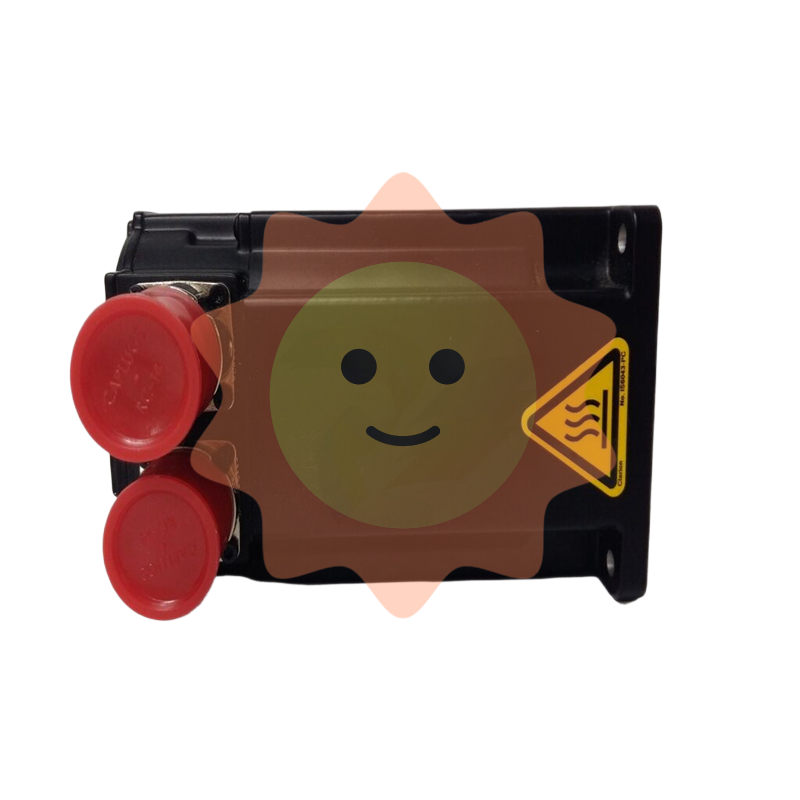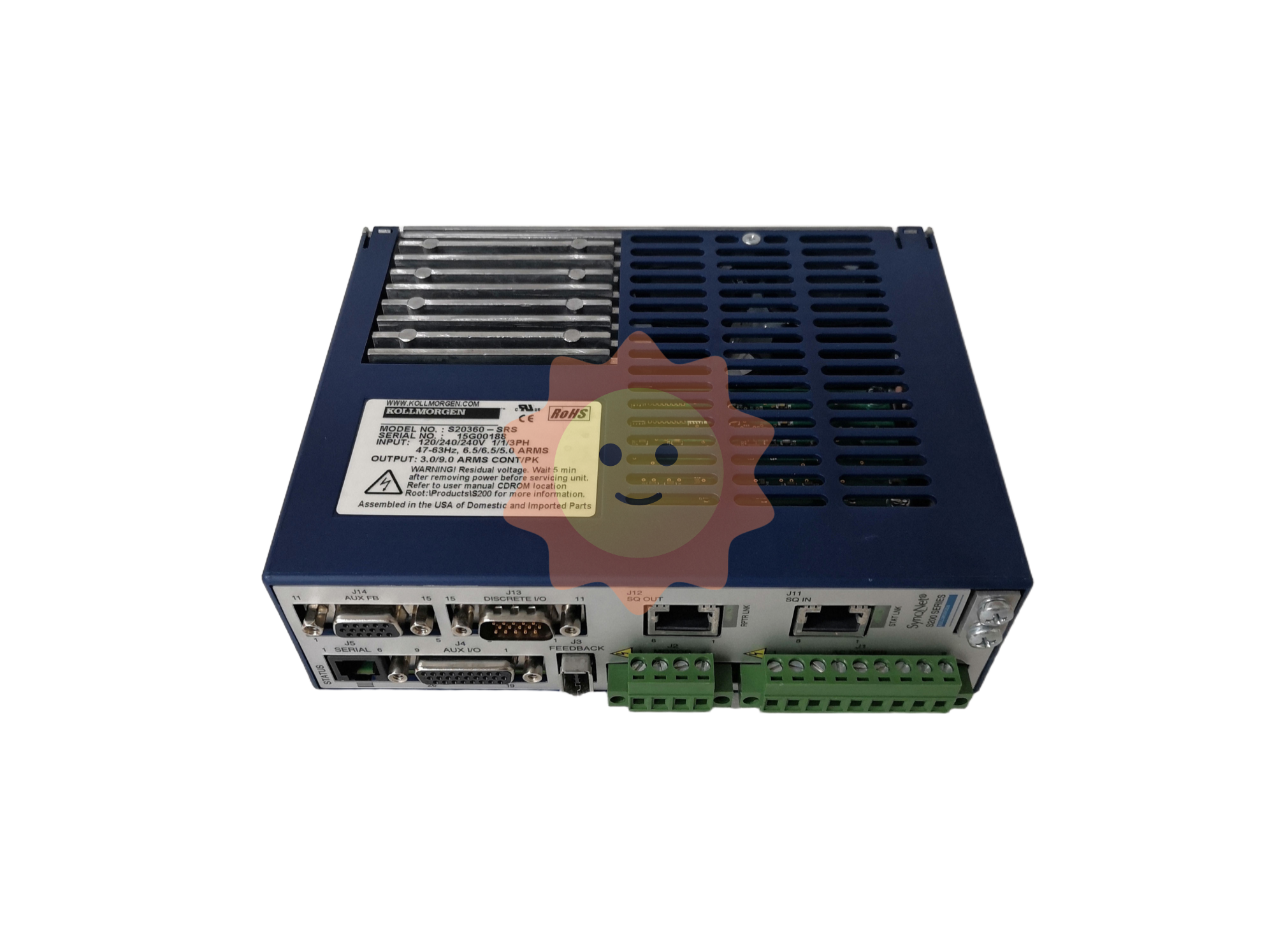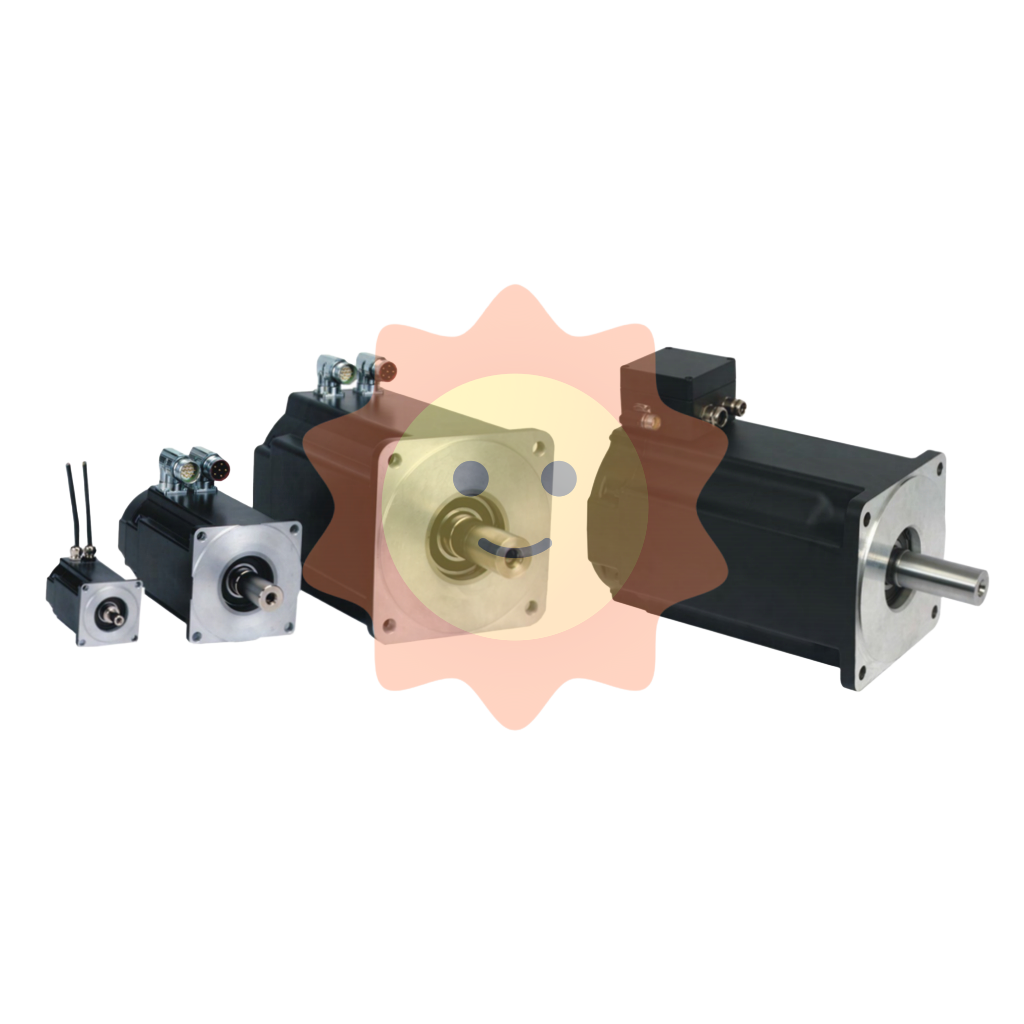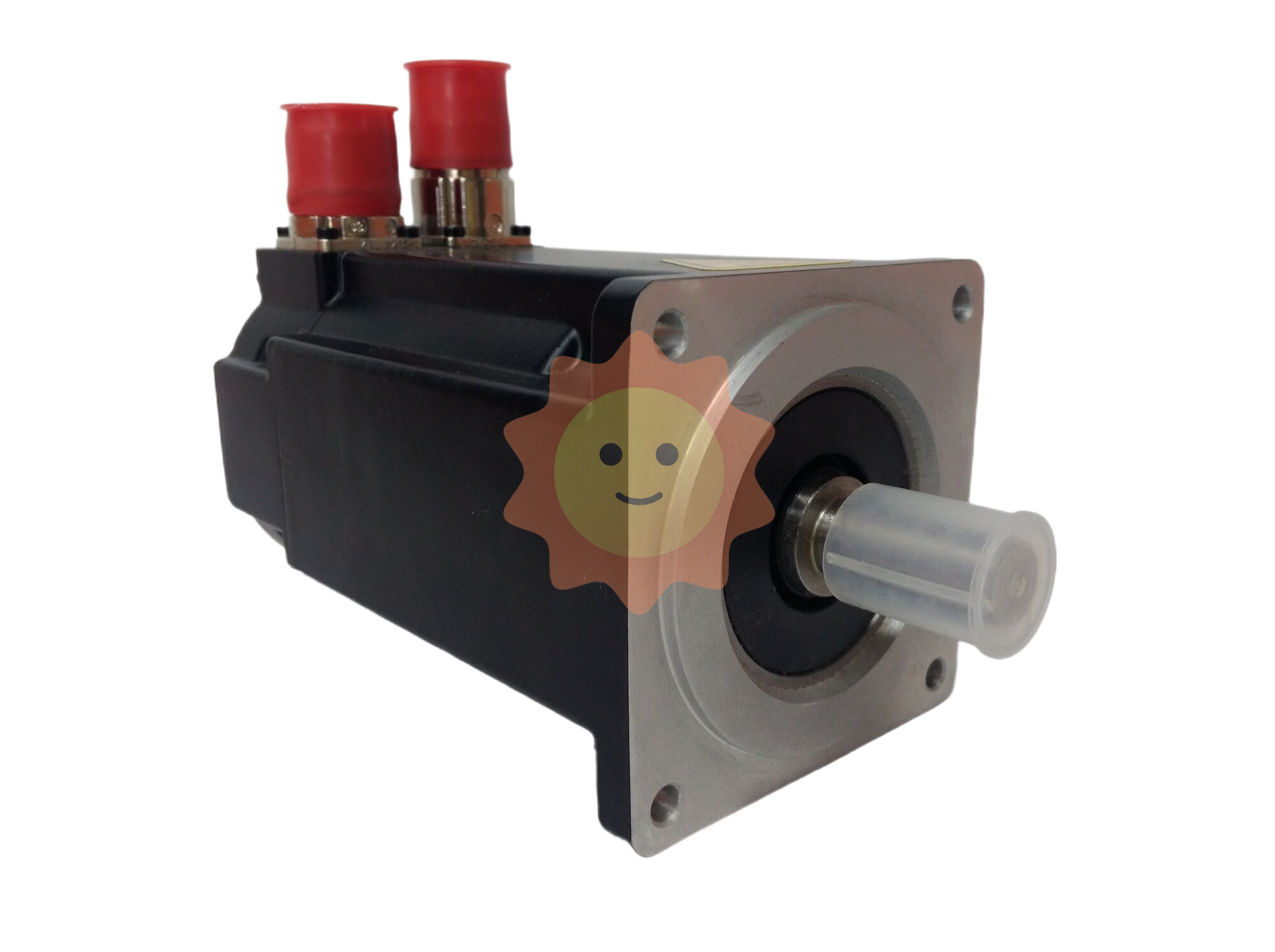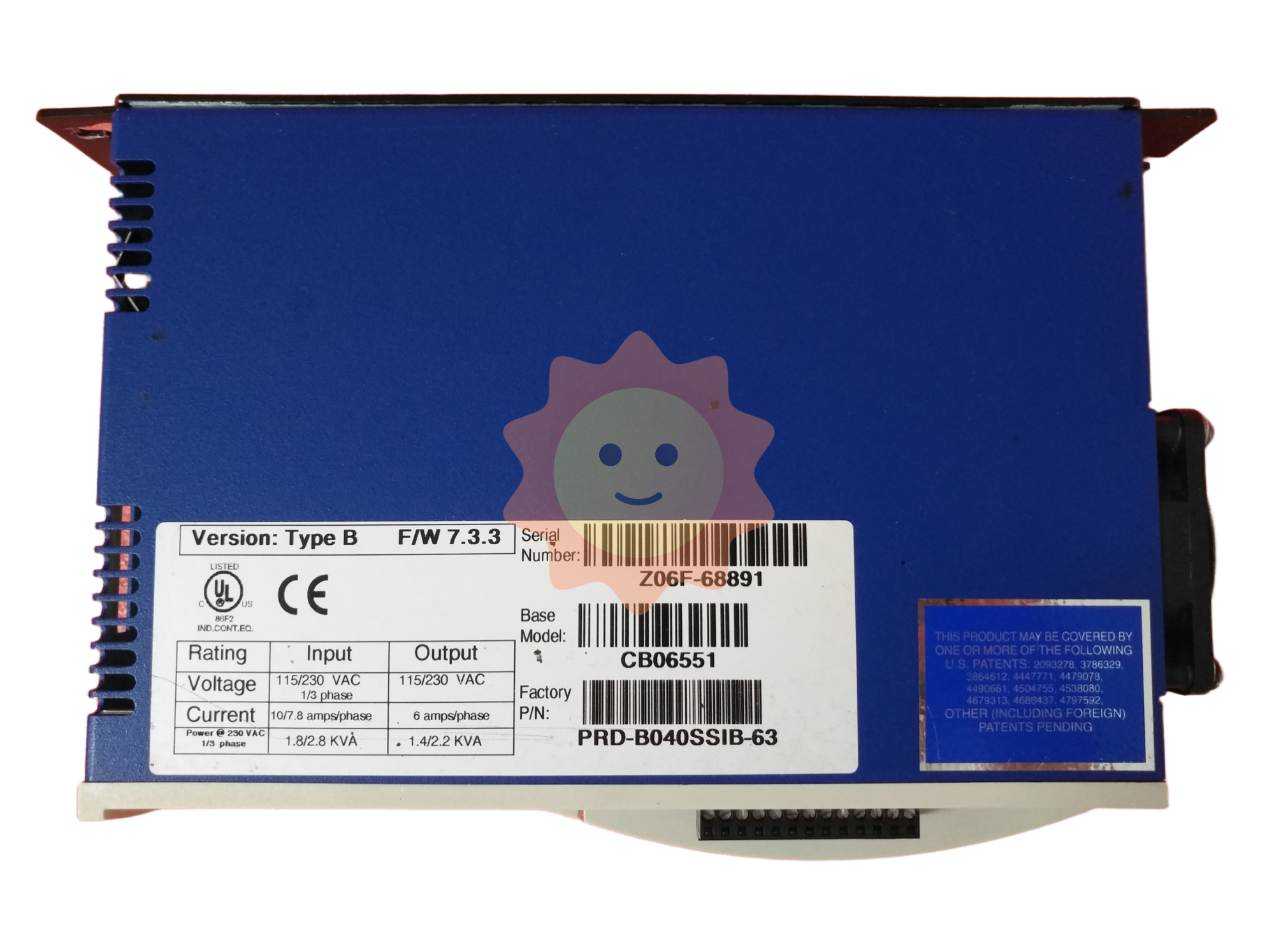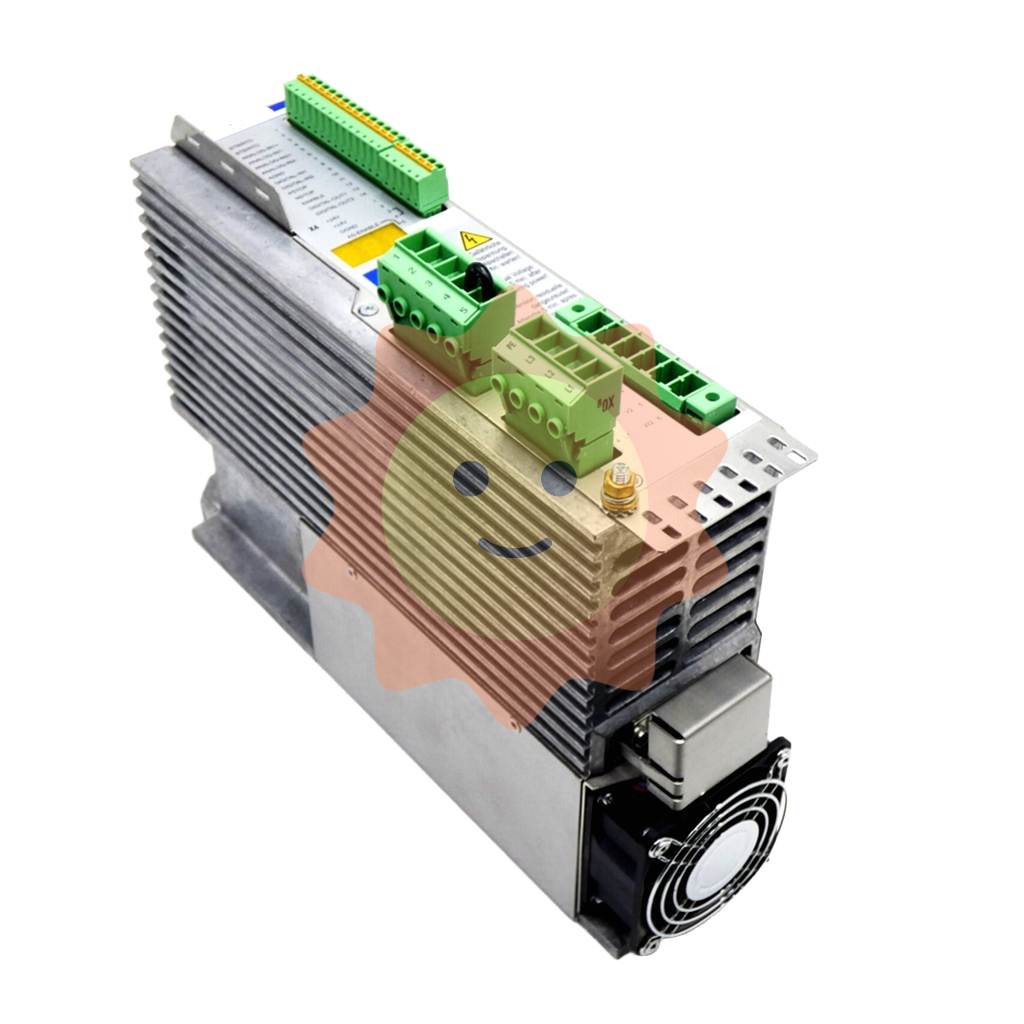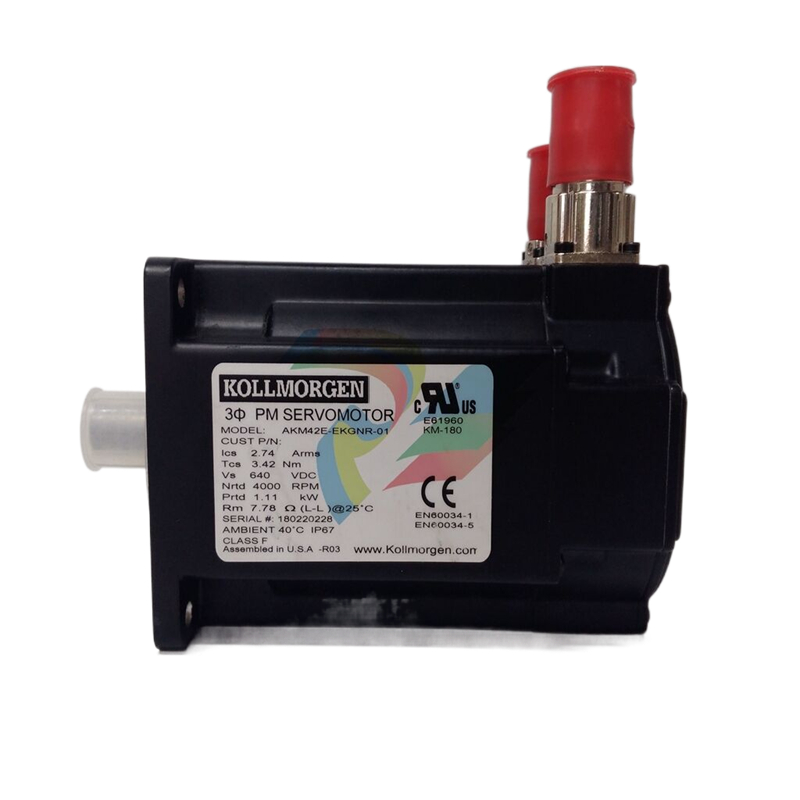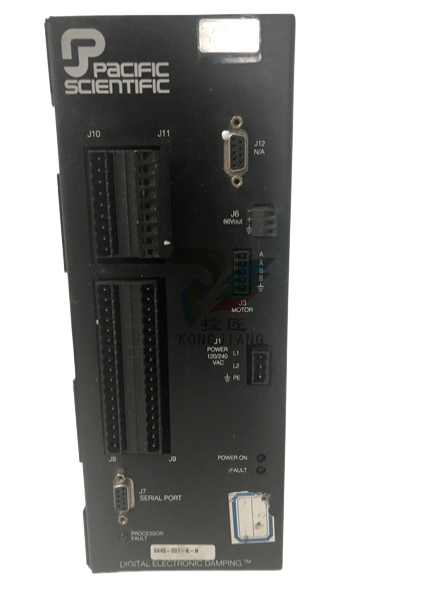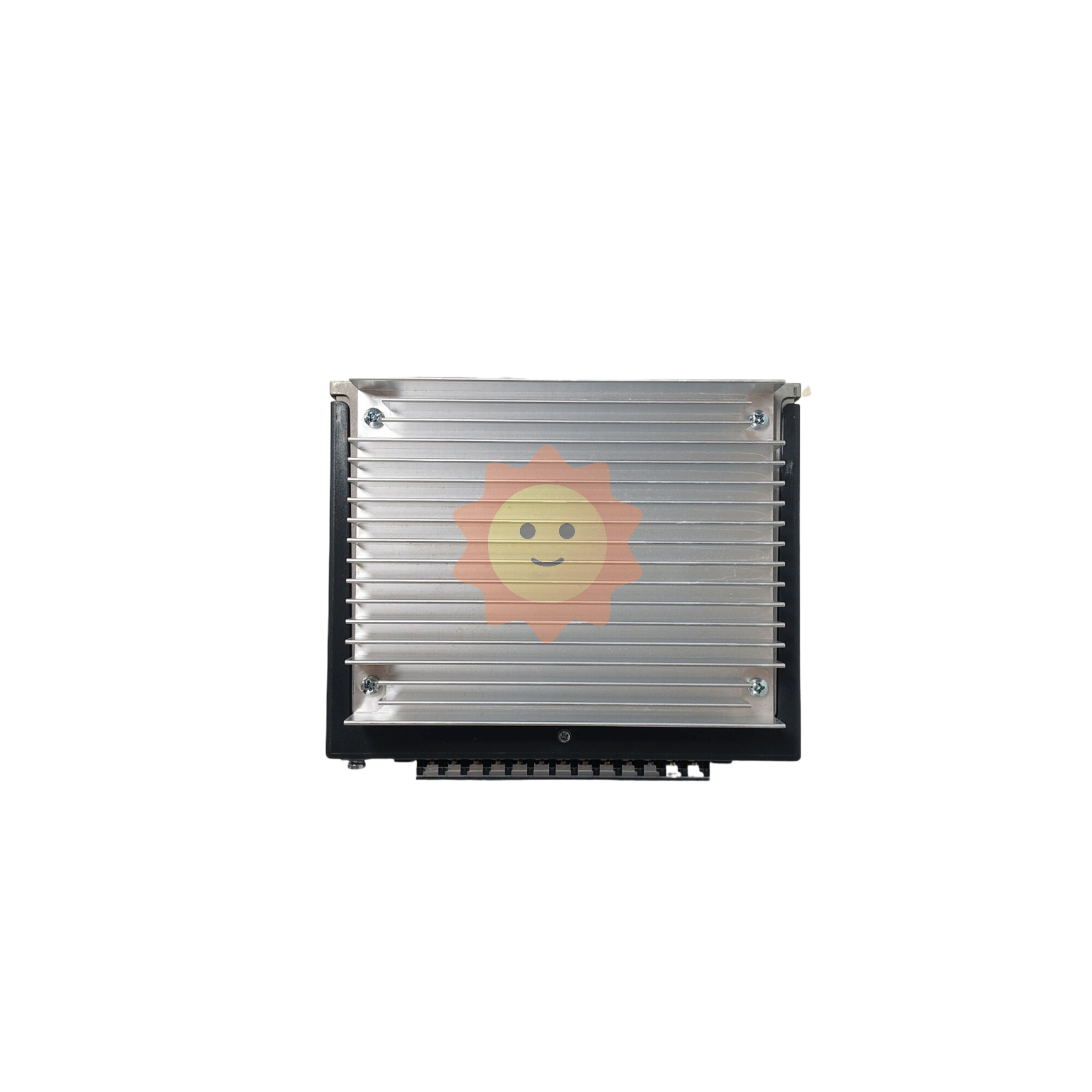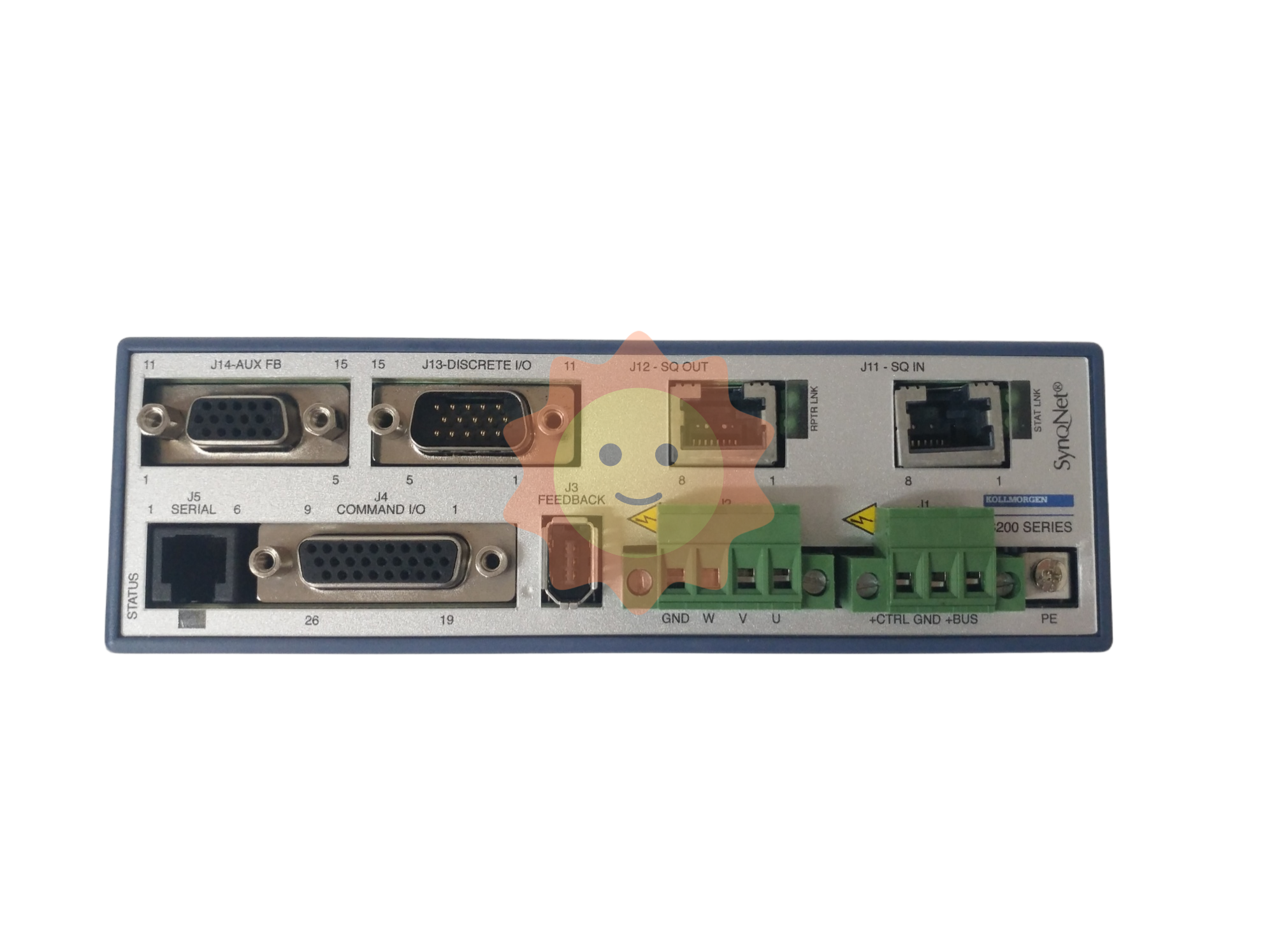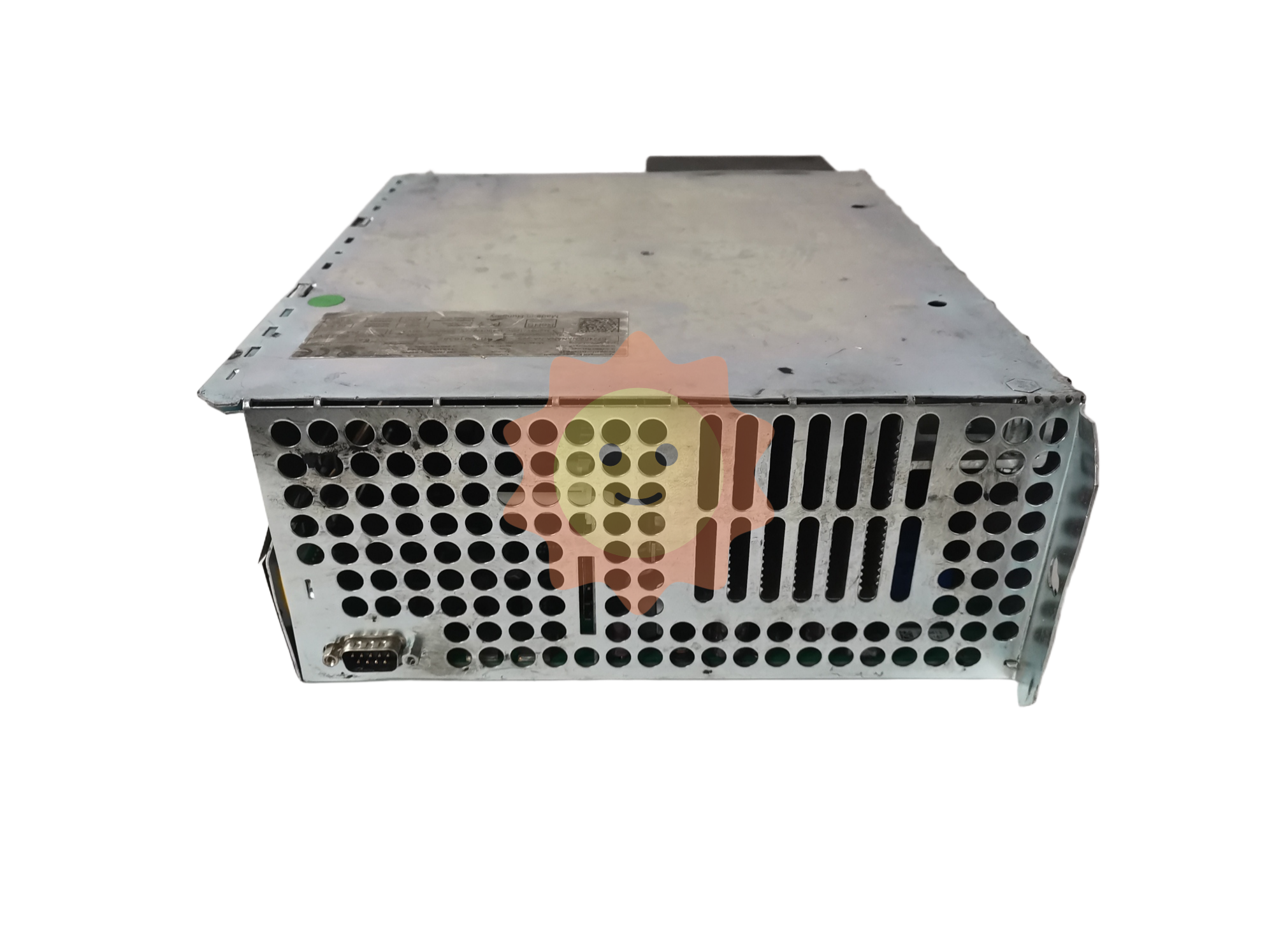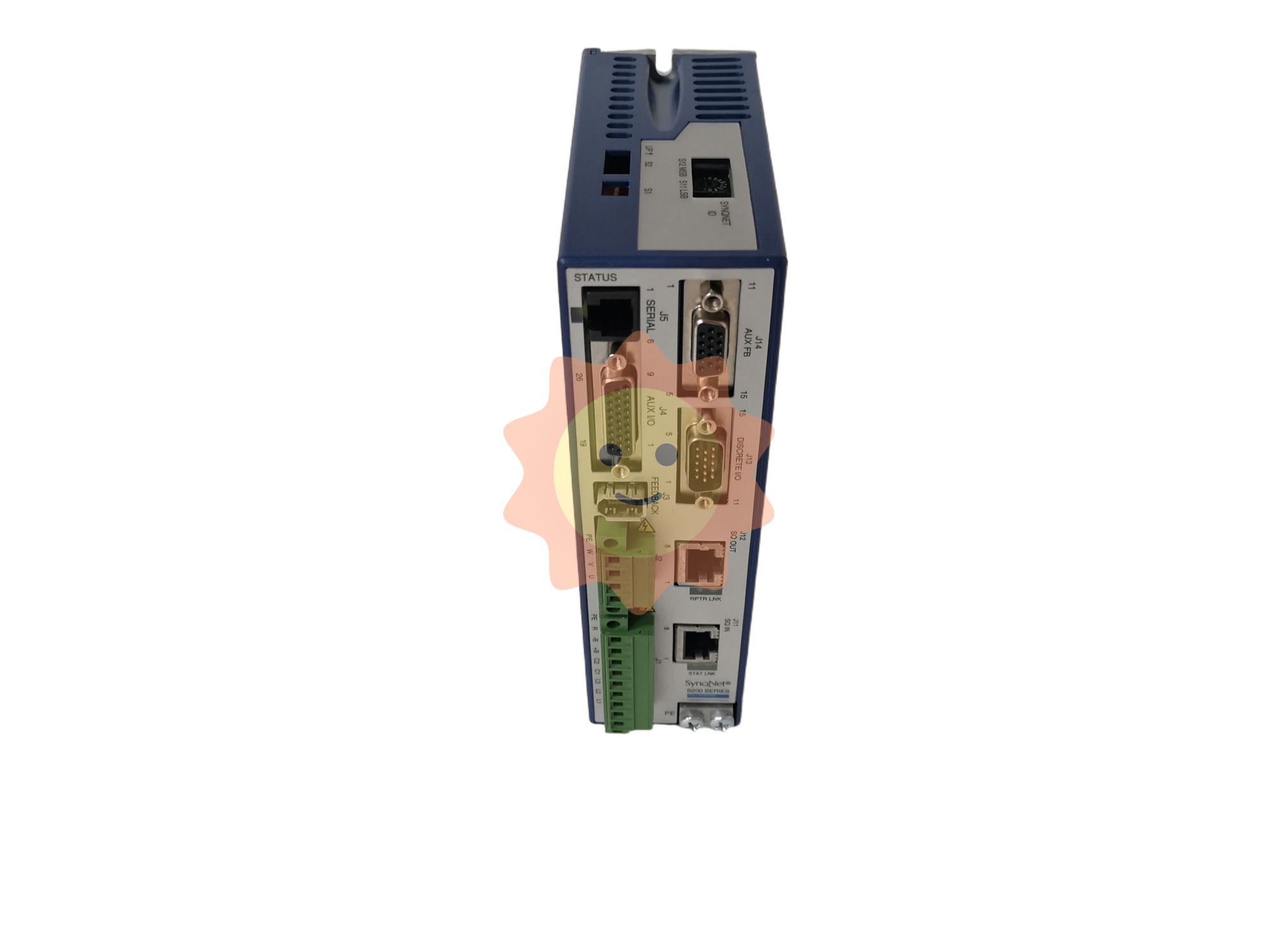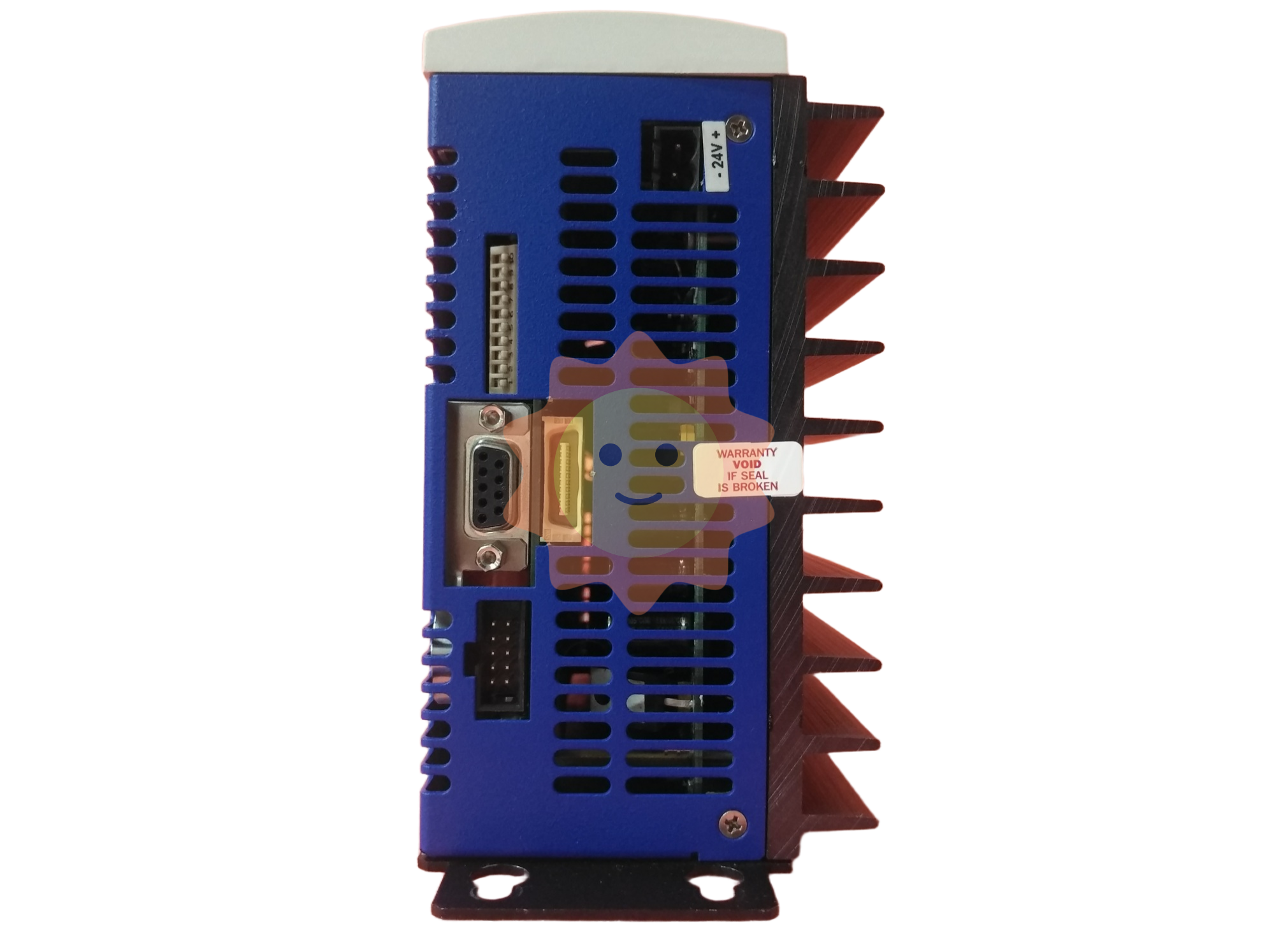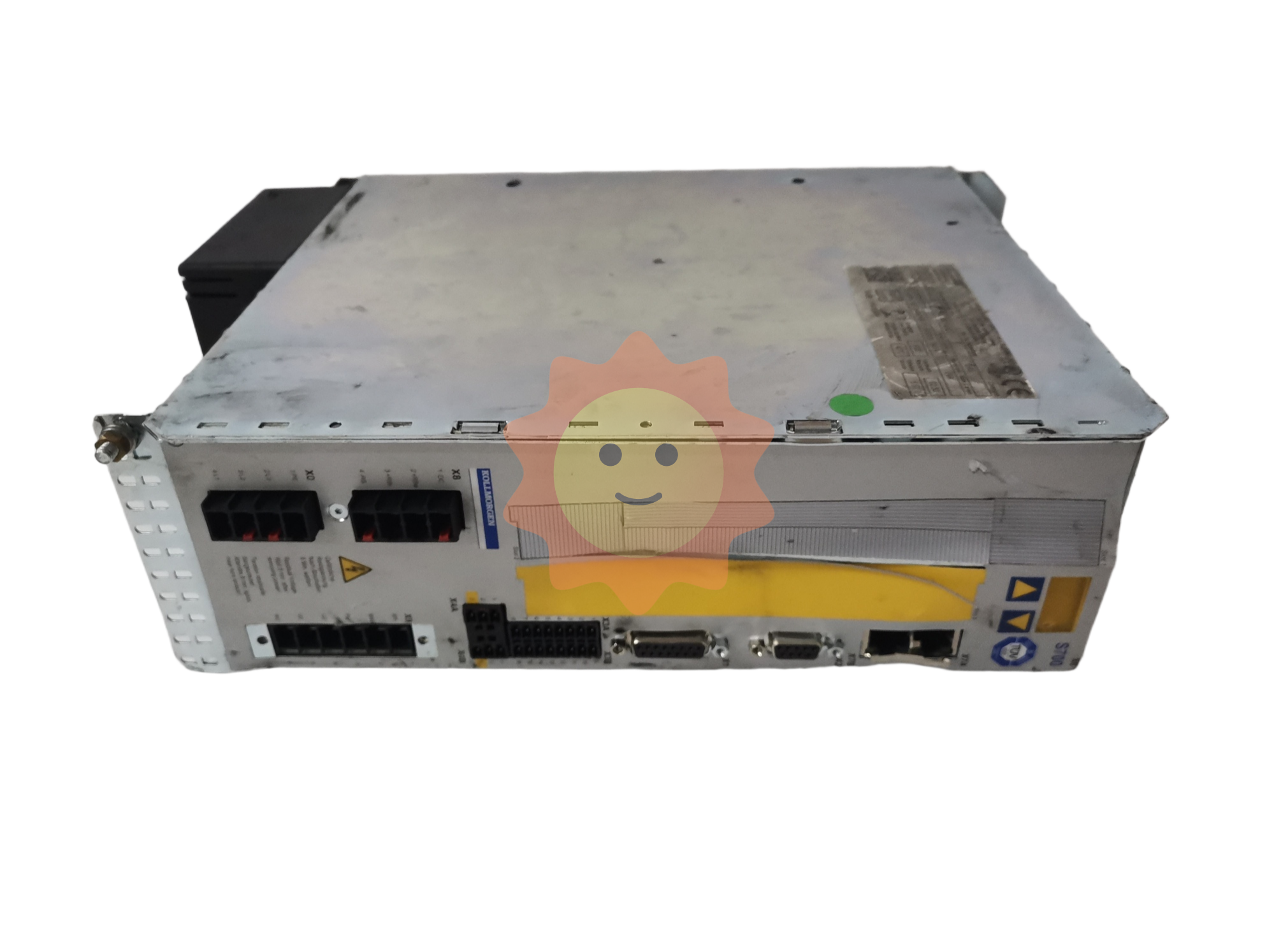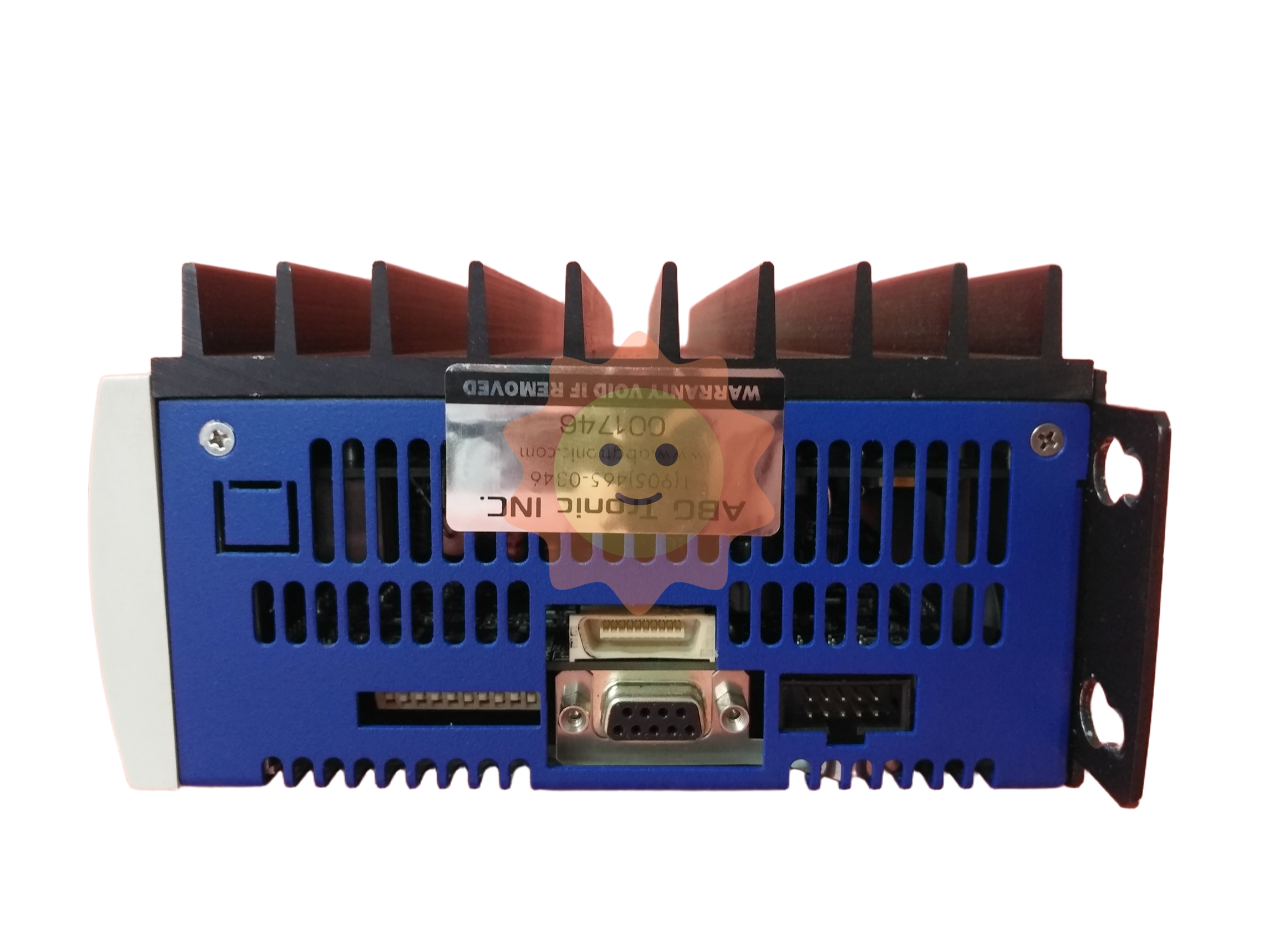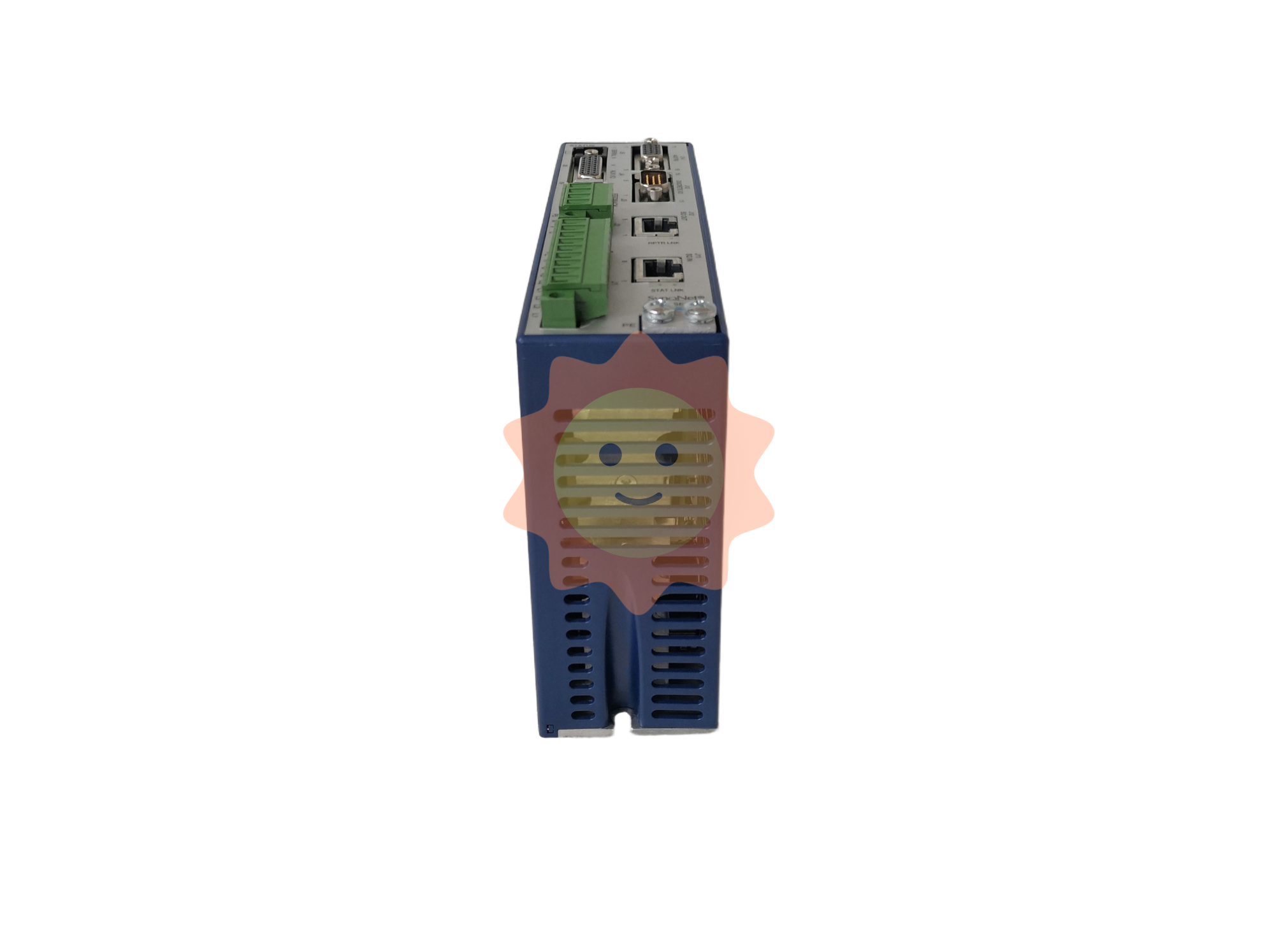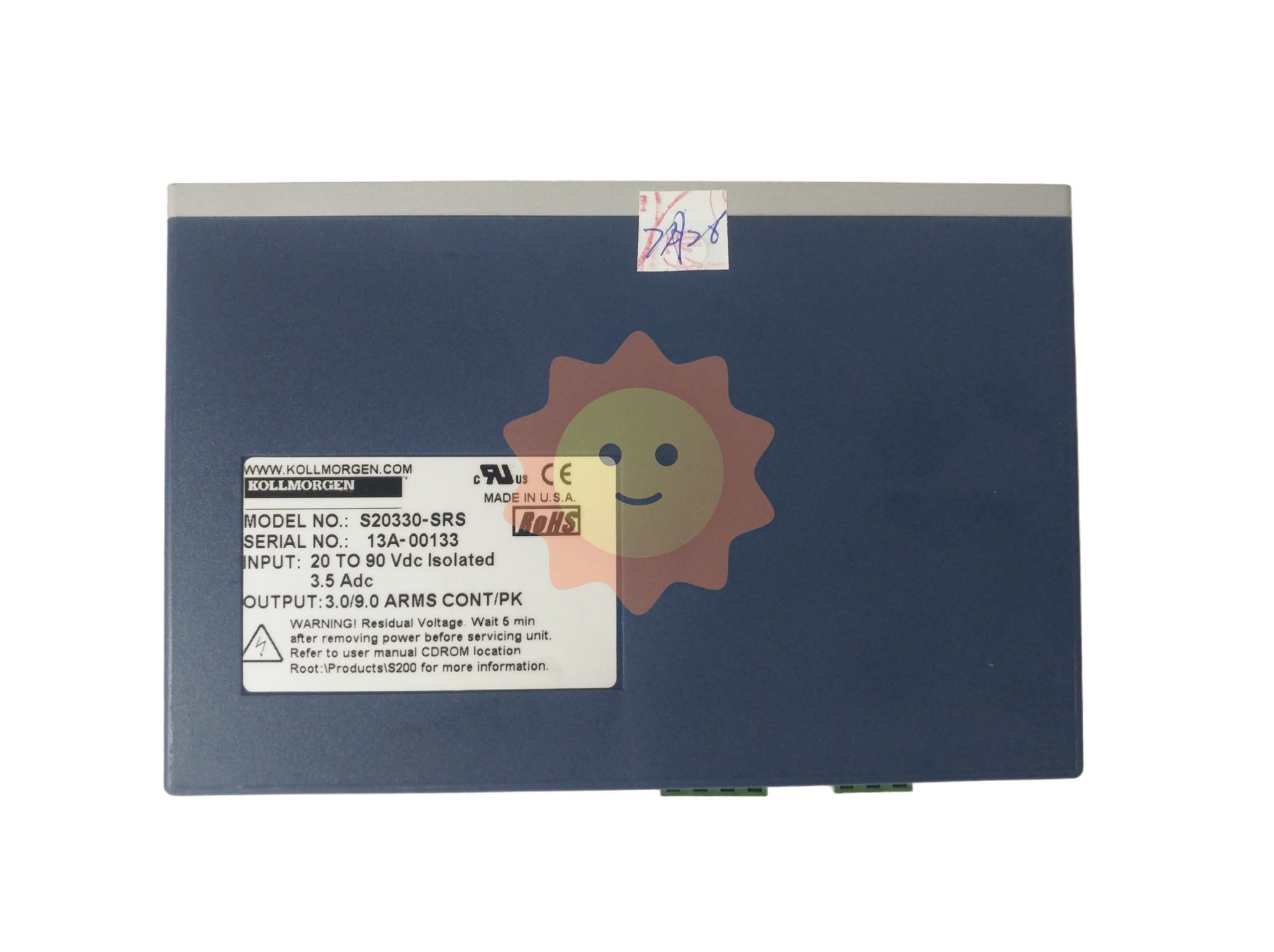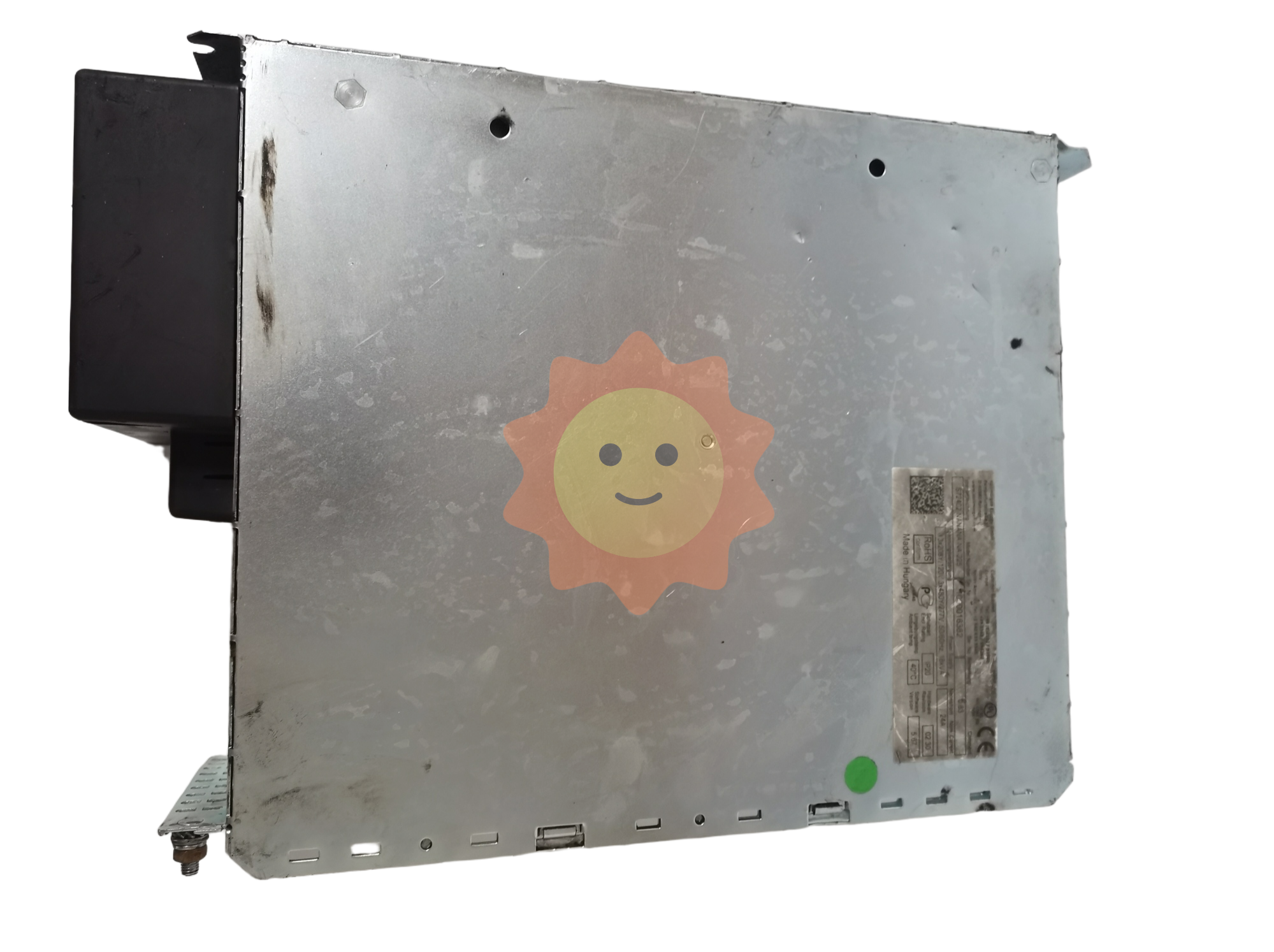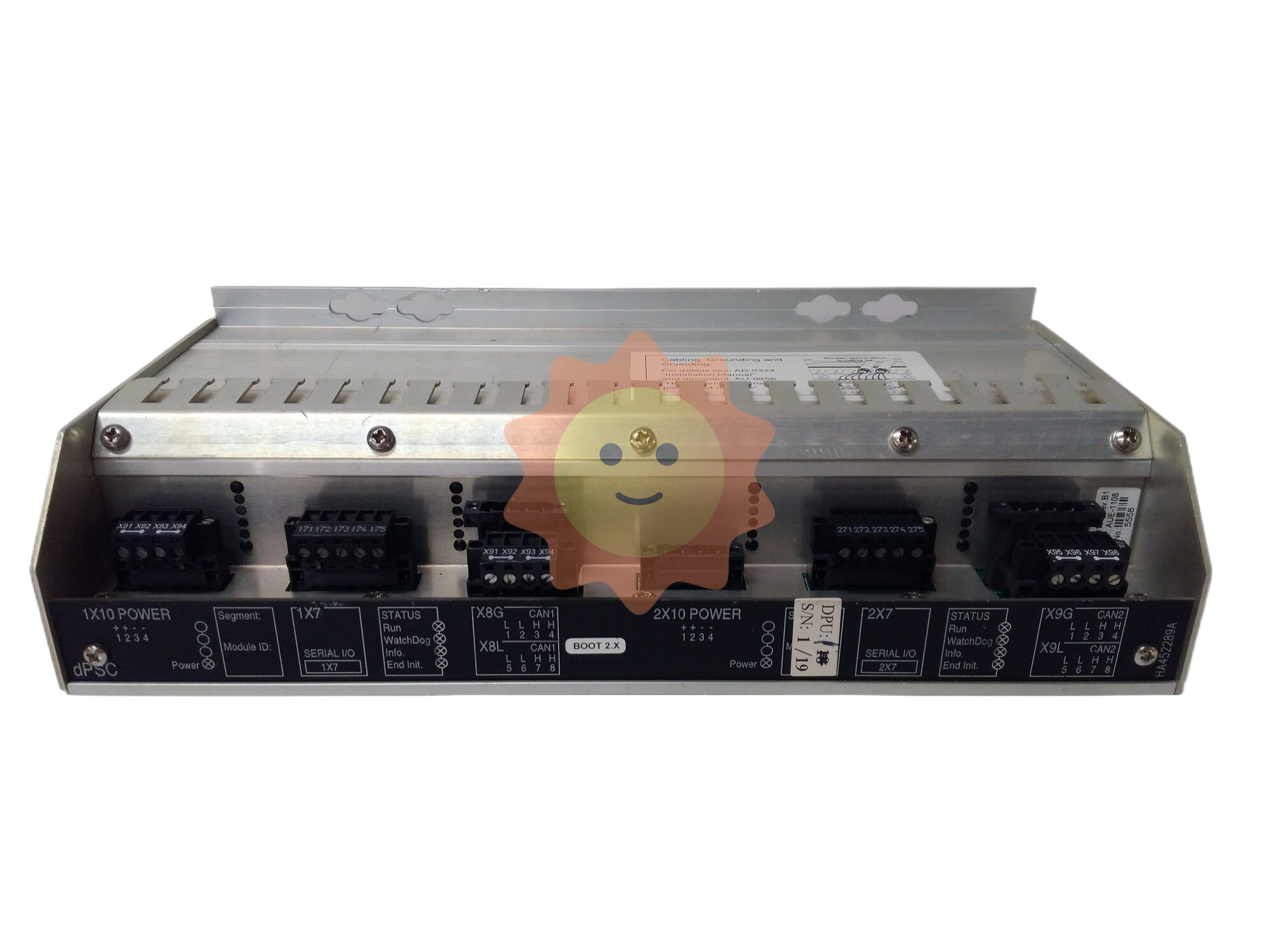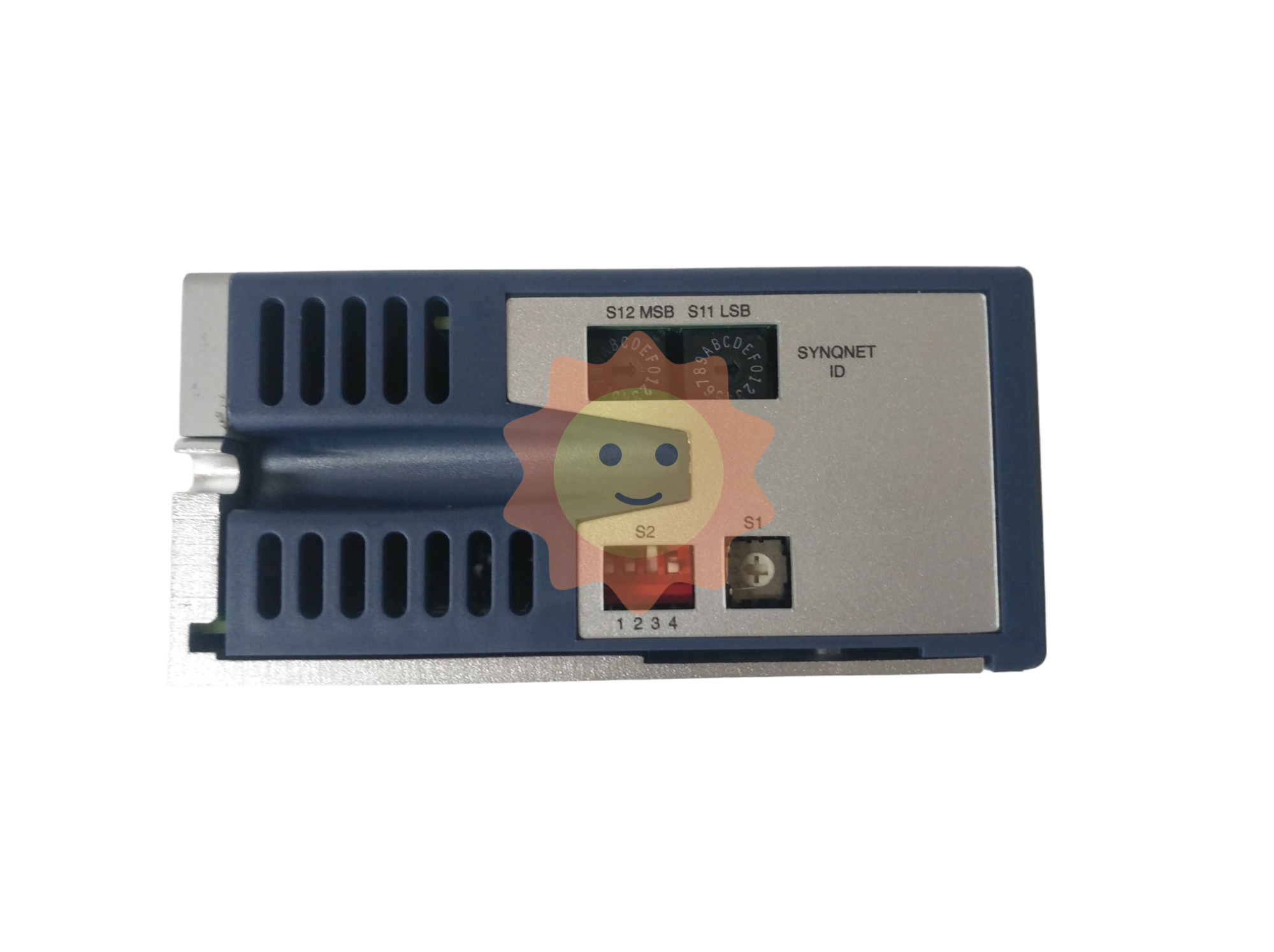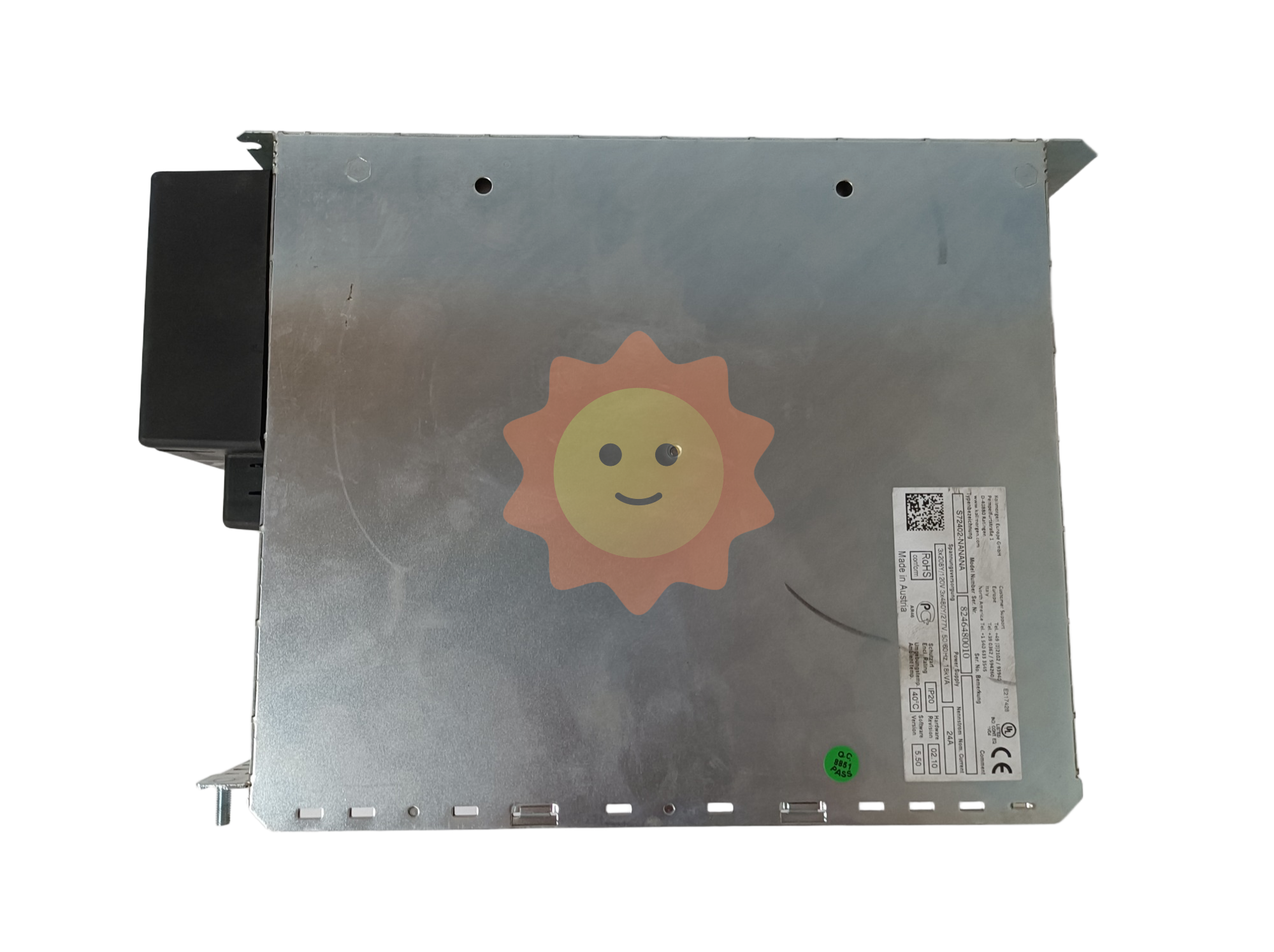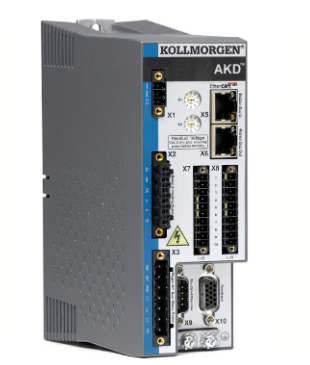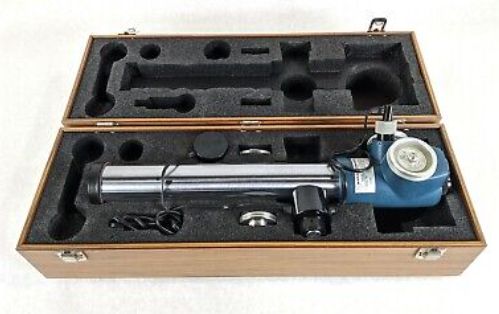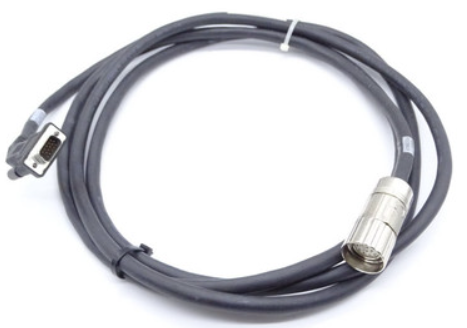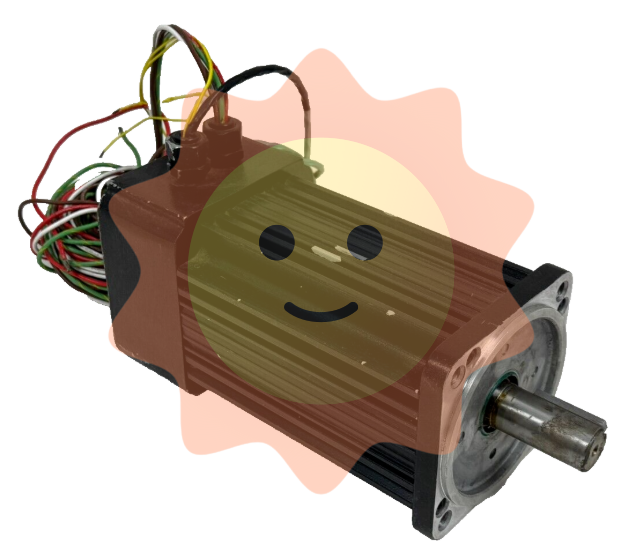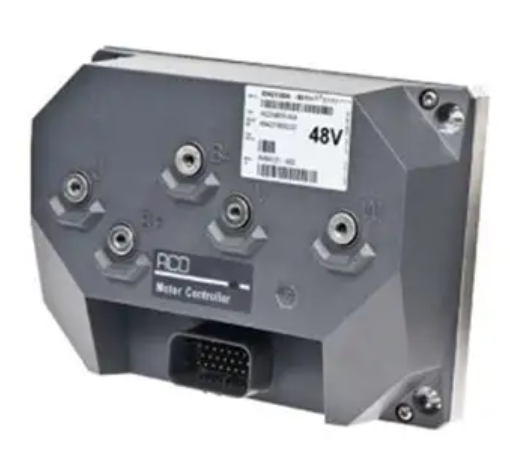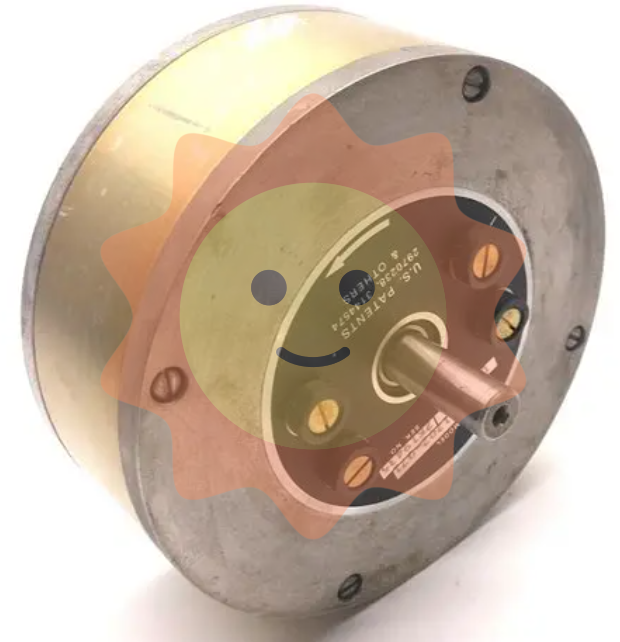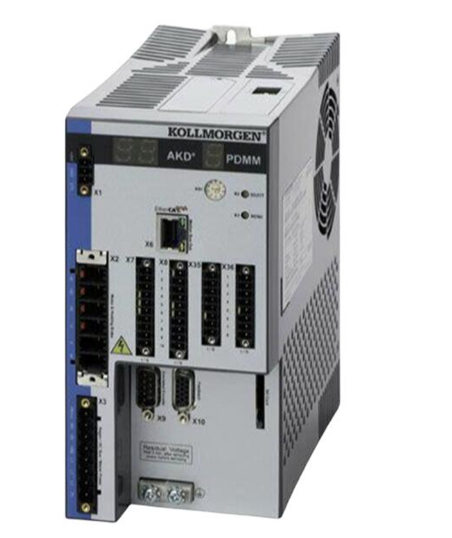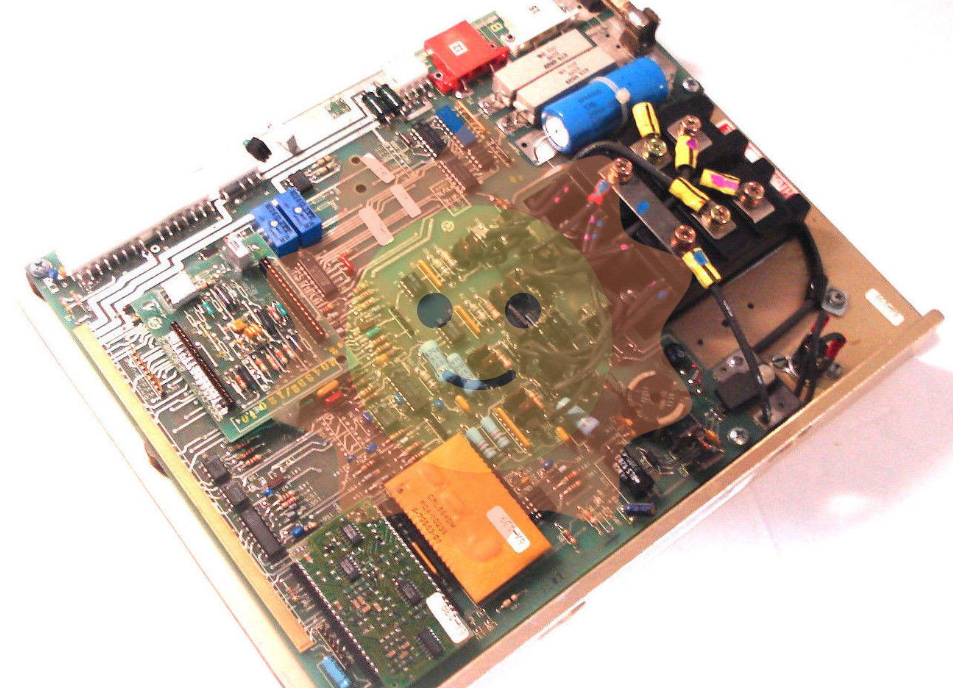Research hotspot and progress of membrane separation technology in water treatment
introduction
In the process of research and development of water treatment technology, membrane technology is known as the water treatment technology of the 21st century. Although the development time is short, its development is very rapid, and it has been widely promoted and applied in the field of water treatment, and its application prospects in the field of water treatment are also very considerable. As an important application field in the downstream of the membrane industry, water treatment has become an important direction for the development of membrane materials. Microfiltration membrane is mainly used in sewage, wastewater treatment and other fields; Ultrafiltration membrane technology is widely used in sewage, waste water treatment and reuse and water supply and purification. Nanofiltration membrane technology is mainly used in pure water, softened water, non-ionized water, seawater desalination and so on. Reverse osmosis membrane technology can be used in seawater desalination and other fields. In summary, the application of membrane technology in water treatment mainly includes the following aspects: sewage treatment and reuse, water supply purification, seawater desalination.
1 Membrane separation technology characteristics
Membrane separation technology mainly refers to the selective separation of mixtures of molecules with different particle sizes through the semi-permeable membrane at the molecular level, which is a more effective sewage treatment method. In the process of practical application, it has the following characteristics: First, the separation effect is good. This treatment method can effectively treat the molecules in the water without producing other substances, and can realize the separation of nanoscale substances, such as organic matter, bacteria, viruses, etc., which can be separated and has strong pertinancy. Second, the operation is simple. At present, most of the membrane separation equipment is equipped with a central control system, which can achieve one-click operation without additional operation, reducing the difficulty of technical processing, and generally does not require maintenance, and has strong reliability. Third, save energy. In terms of the particle size of the molecules in the sewage, phase transformation does not occur during the membrane separation process, which can save energy to the greatest extent, so this treatment is usually carried out in a normal temperature environment, and the energy loss is relatively small. Fourth, the cost is relatively low. In the process of sewage treatment, the membrane separation technology does not need to add any agents, and only needs to rely on the filter membrane to complete the classification, which can reduce the cost required for separation to the maximum extent, avoid secondary pollution, and has high application value.

2 Application of membrane separation technology in water treatment
2.1 Adsorption pretreatment
Adsorption pretreatment is a method that uses adsorbent with high dispersion or large porosity and large specific surface area to adsorb dissolved organic matter in water, and then intercepts adsorbent particles through filter membrane to remove organic matter in water and alleviate membrane pollution. Adsorption is one of the main measures to reduce organic pollution of filter membrane. At present, the commonly used in the pretreatment of membrane fouling of adsorption material with powder activated carbon (powderedactivatedcarbon, PAC), resin, thermalization alumina particles ((heatedaluminumoxideparticles, HAOPs), iron oxide nanoparticles, silica particles and polysulfone colloids, among which PAC is one of the typical representatives of adsorbents because of its developed void structure and good adsorption performance. PAC has a high removal rate of low molecular weight organic pollutants that are difficult to be removed by coagulation and ultrafiltration. Chi et al studied the effect of humic acid molecular weight (MW) on membrane pollution, and the results showed that low molecular weight organic matter can be effectively adsorbed and removed, and will not enter the membrane pore and cause membrane pollution. PAC pretreatment was also proved to have good removal effect on decontamination byproducts. In addition, submicron activated carbon (SSPAC) has a high selective adsorption capacity of biomacromolecules, and its pre-coating on the membrane surface can almost completely prevent the increase of the transmembrane pressure (TMP) caused by microbial extracellular organics. However, due to the different hydrophobicity and raw water characteristics of the membrane, a large number of experiments have concluded that PAC will aggravate membrane pollution or have no effect on membrane flux. In short, PAC as a membrane technology pretreatment is still worthy of further study. Although the adsorbent can enhance the removal of organic matter and slow down the pollution rate of ultrafiltration membrane, the adsorption pretreatment needs to set up a separate adsorption treatment unit, which has problems of large footprint and high infrastructure investment cost.
- EMERSON
- Honeywell
- CTI
- Rolls-Royce
- General Electric
- Woodward
- Yaskawa
- xYCOM
- Motorola
- Siemens
- Rockwell
- ABB
- B&R
- HIMA
- Construction site
- electricity
- Automobile market
- PLC
- DCS
- Motor drivers
- VSD
- Implications
- cement
- CO2
- CEM
- methane
- Artificial intelligence
- Titanic
- Solar energy
- Hydrogen fuel cell
- Hydrogen and fuel cells
- Hydrogen and oxygen fuel cells
- tyre
- Chemical fiber
- dynamo
- corpuscle
- Pulp and paper
- printing
- fossil
- FANUC
- Food and beverage
- Life science
- Sewage treatment
- Personal care
- electricity
- boats
- infrastructure
- Automobile industry
- metallurgy
- Nuclear power generation
- Geothermal power generation
- Water and wastewater
- Infrastructure construction
- Mine hazard
- steel
- papermaking
- Natural gas industry
- Infrastructure construction
- Power and energy
- Rubber and plastic
- Renewable energy
- pharmacy
- mining
- Plastic industry
- Schneider
- Kongsberg
- NI
- Wind energy
- International petroleum
- International new energy network
- gas
- WATLOW
- ProSoft
- SEW
- wind
- ADVANCED
- Reliance
- YOKOGAWA
- TRICONEX
- FOXBORO
- METSO
- MAN
- Advantest
- ADVANCED
- ALSTOM
- Control Wave
- AB
- AMAT
- STUDER
- KONGSBERG
- MOTOROLA
- DANAHER MOTION
- Bently
- Galil
- EATON
- MOLEX
- Triconex
- DEIF
- B&W
- ZYGO
- Aerotech
- DANFOSS
- KOLLMORGEN
- Beijer
- Endress+Hauser
- MOOG
- KB


Email:wang@kongjiangauto.com


